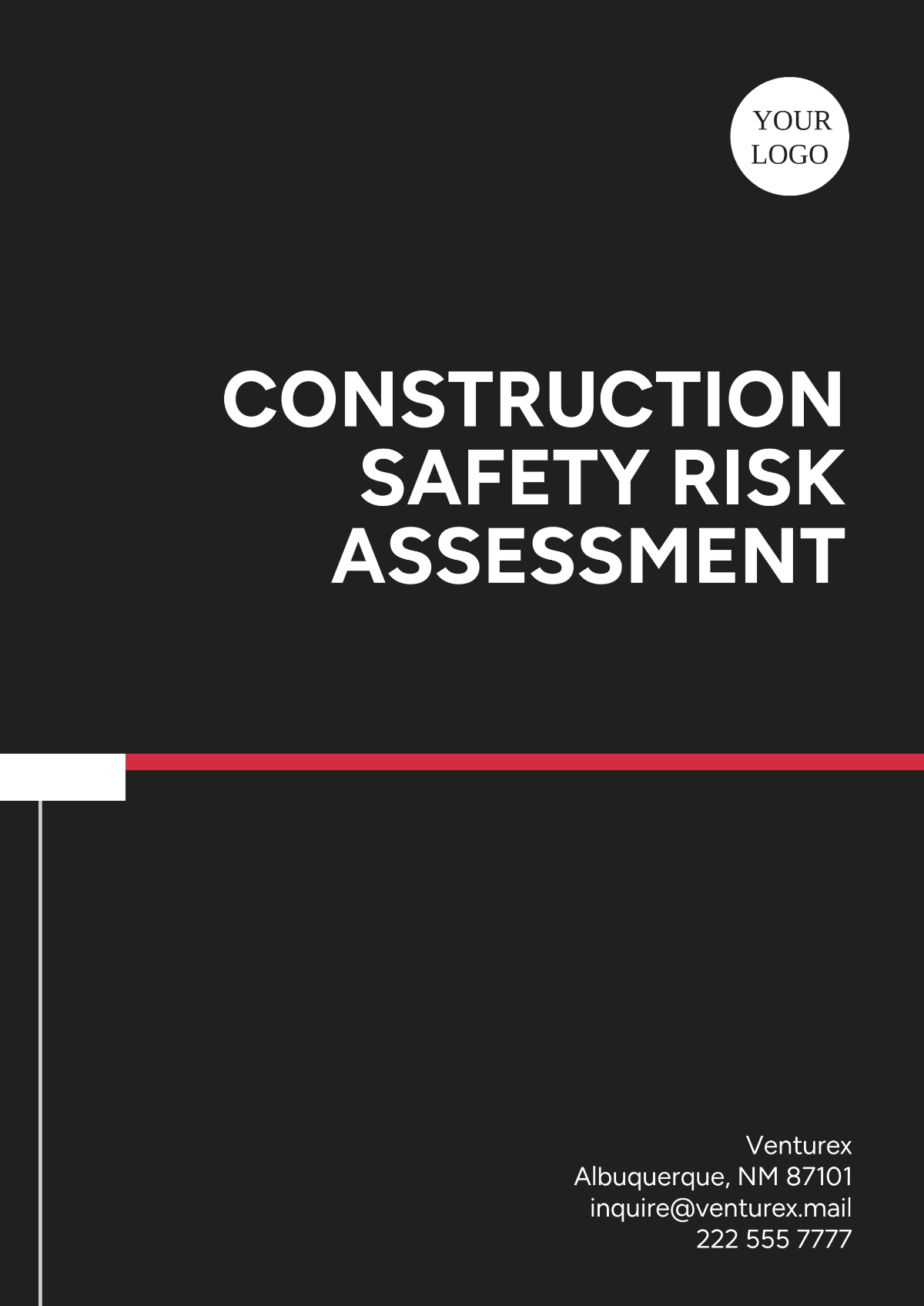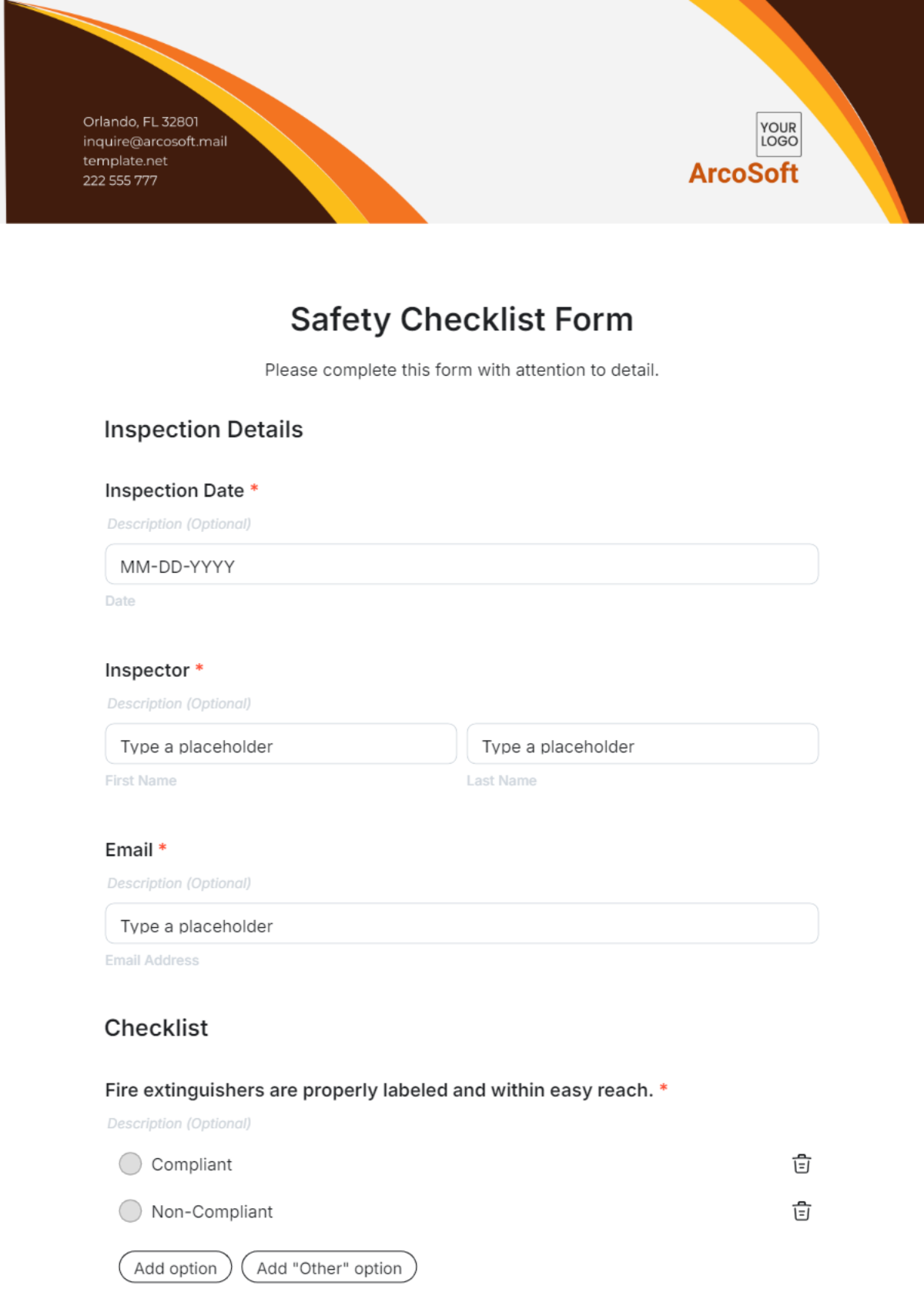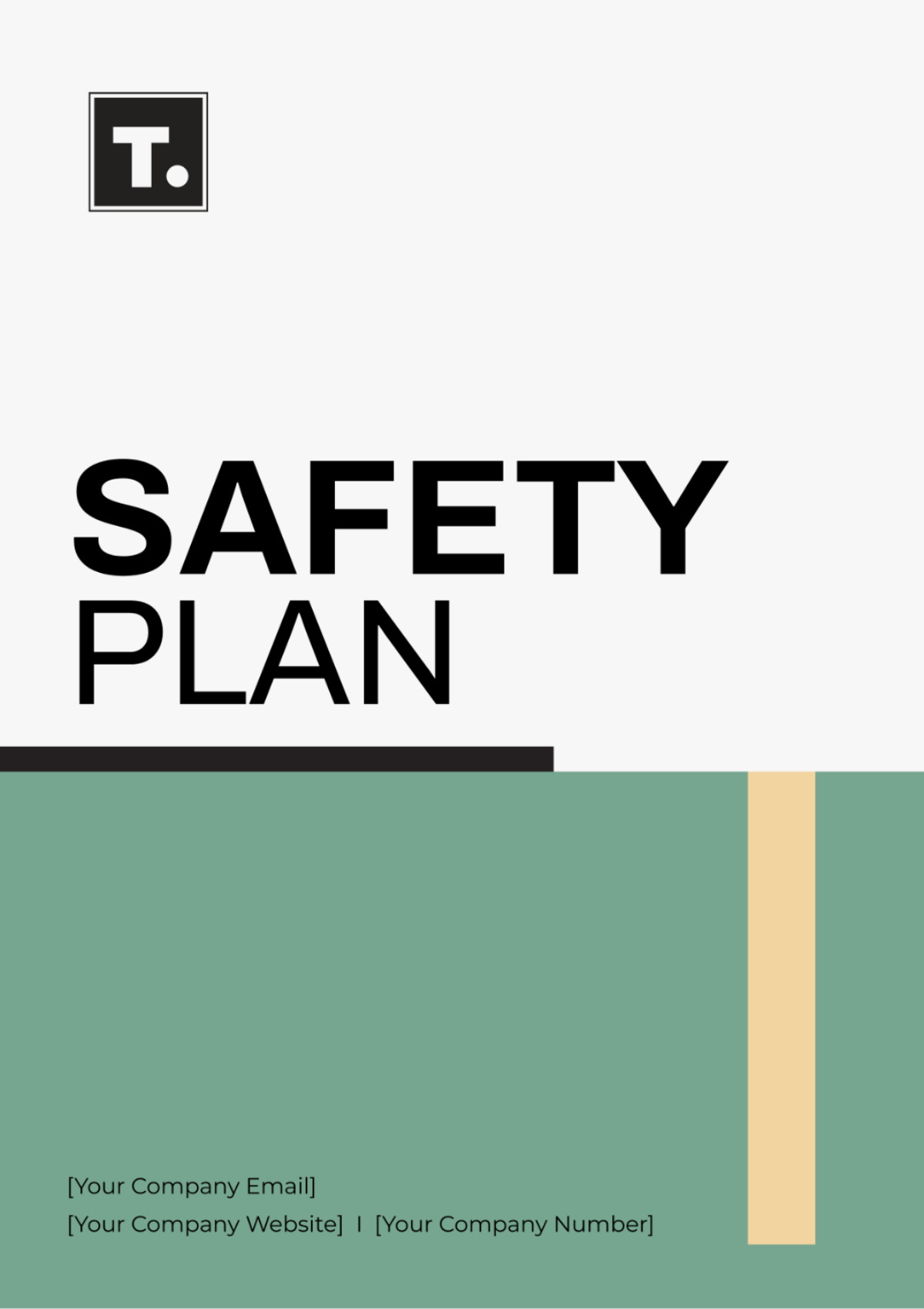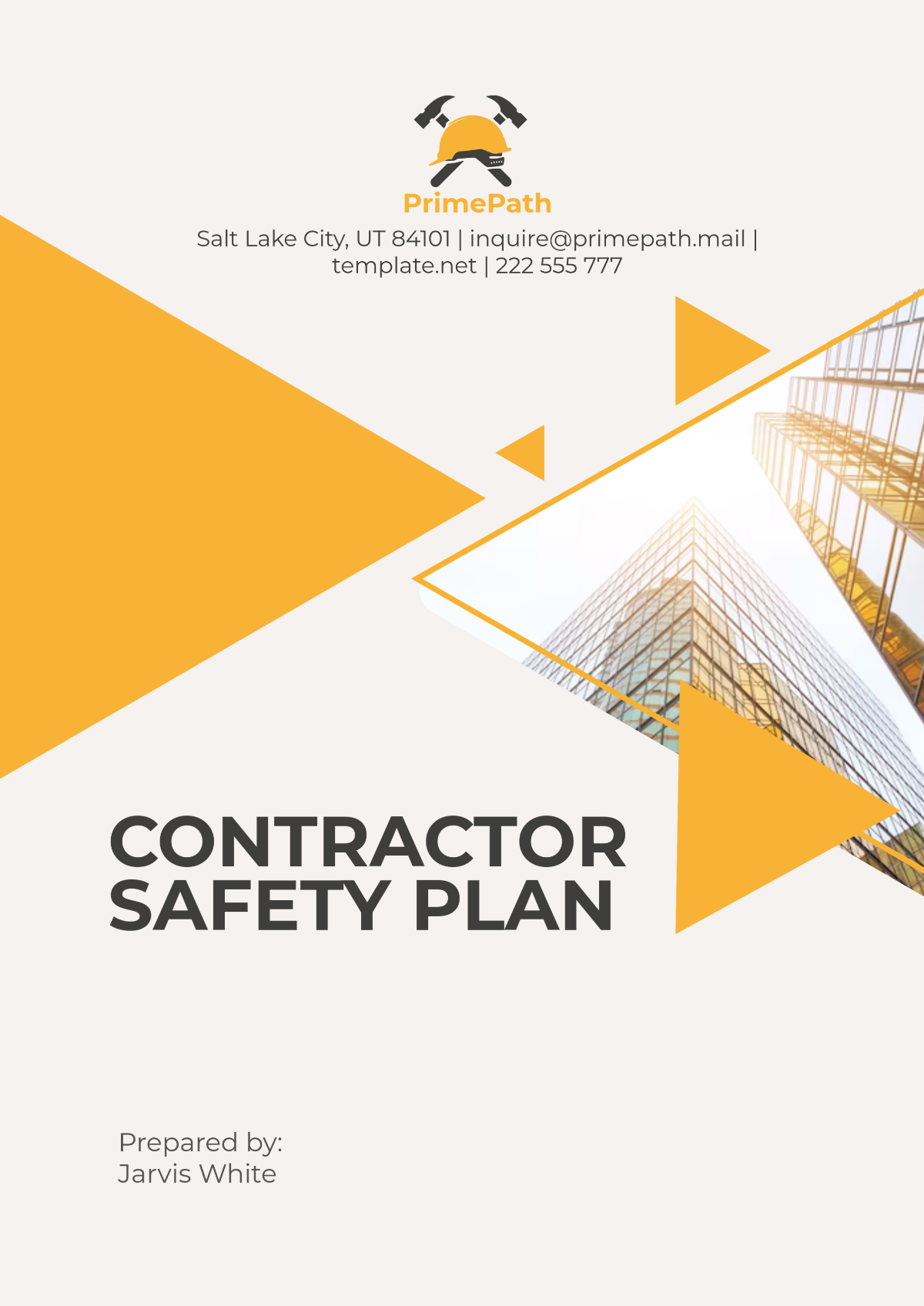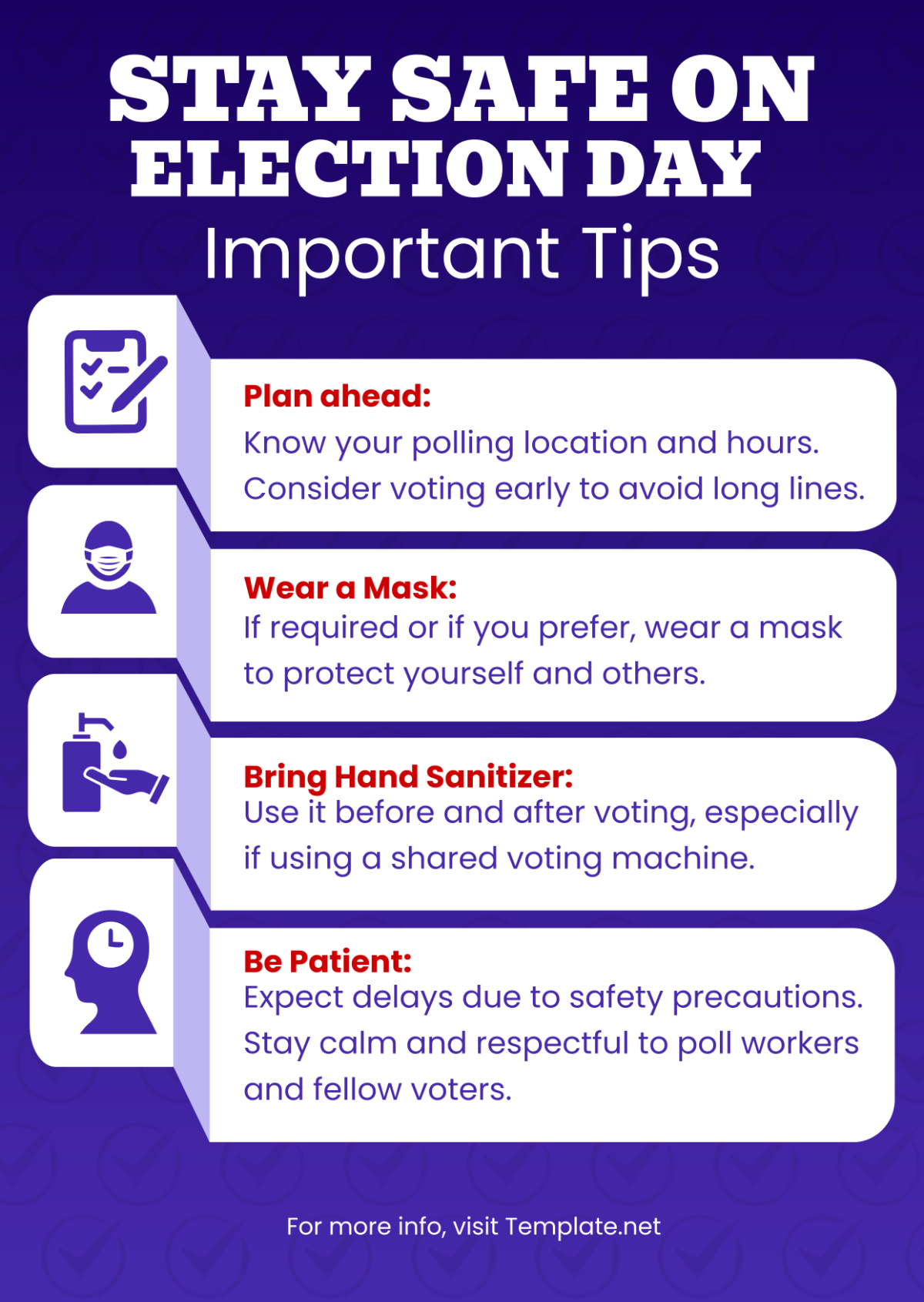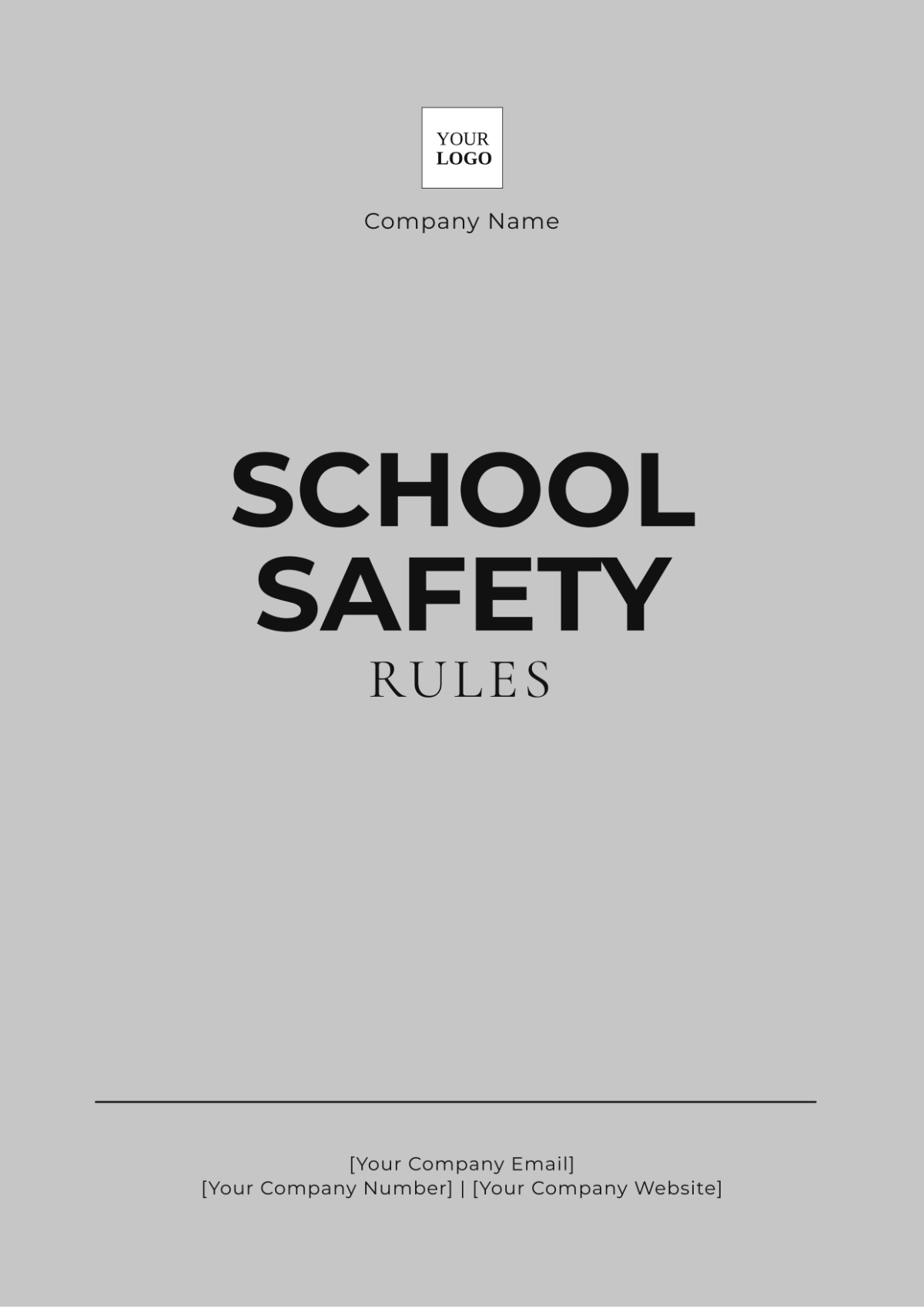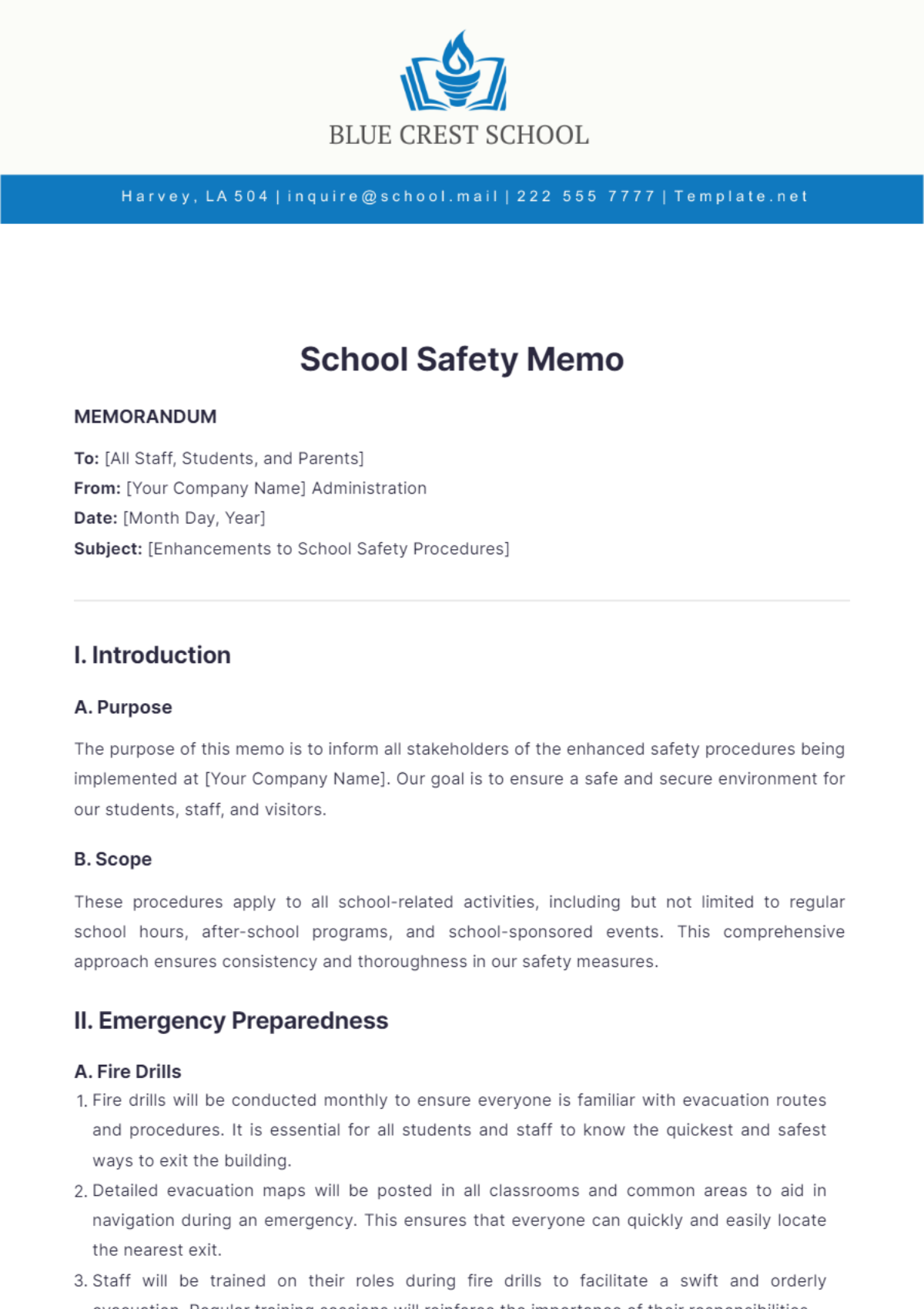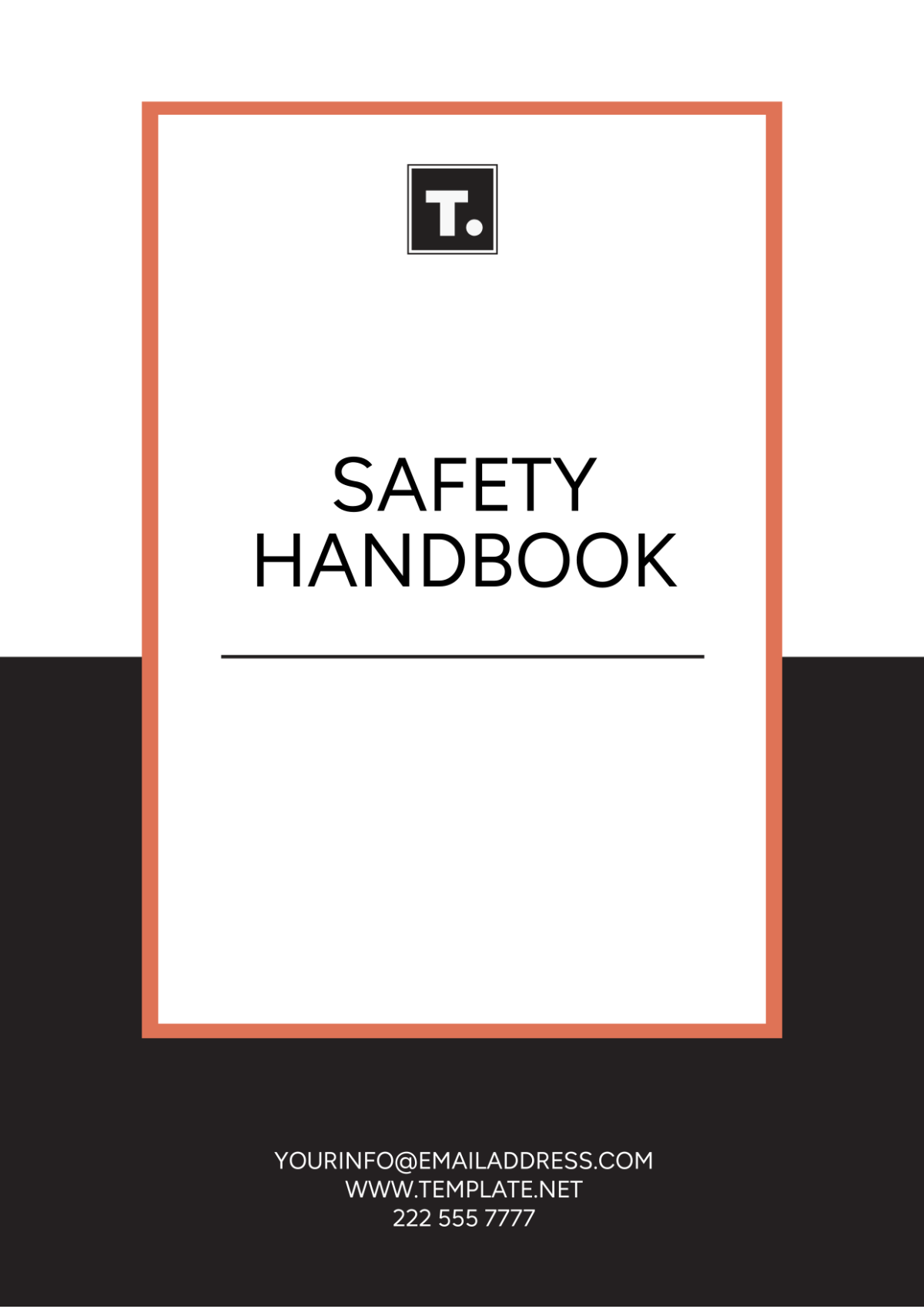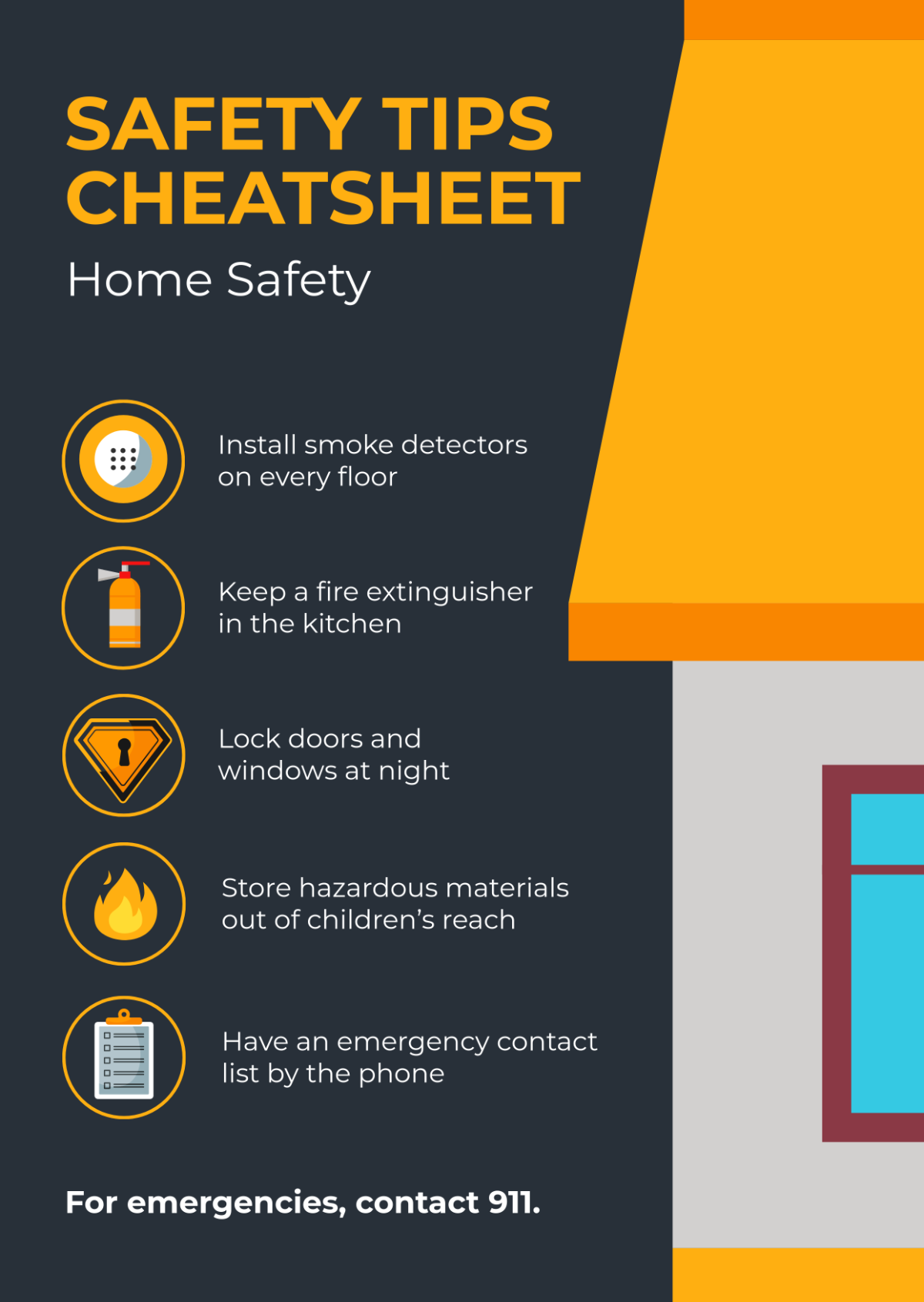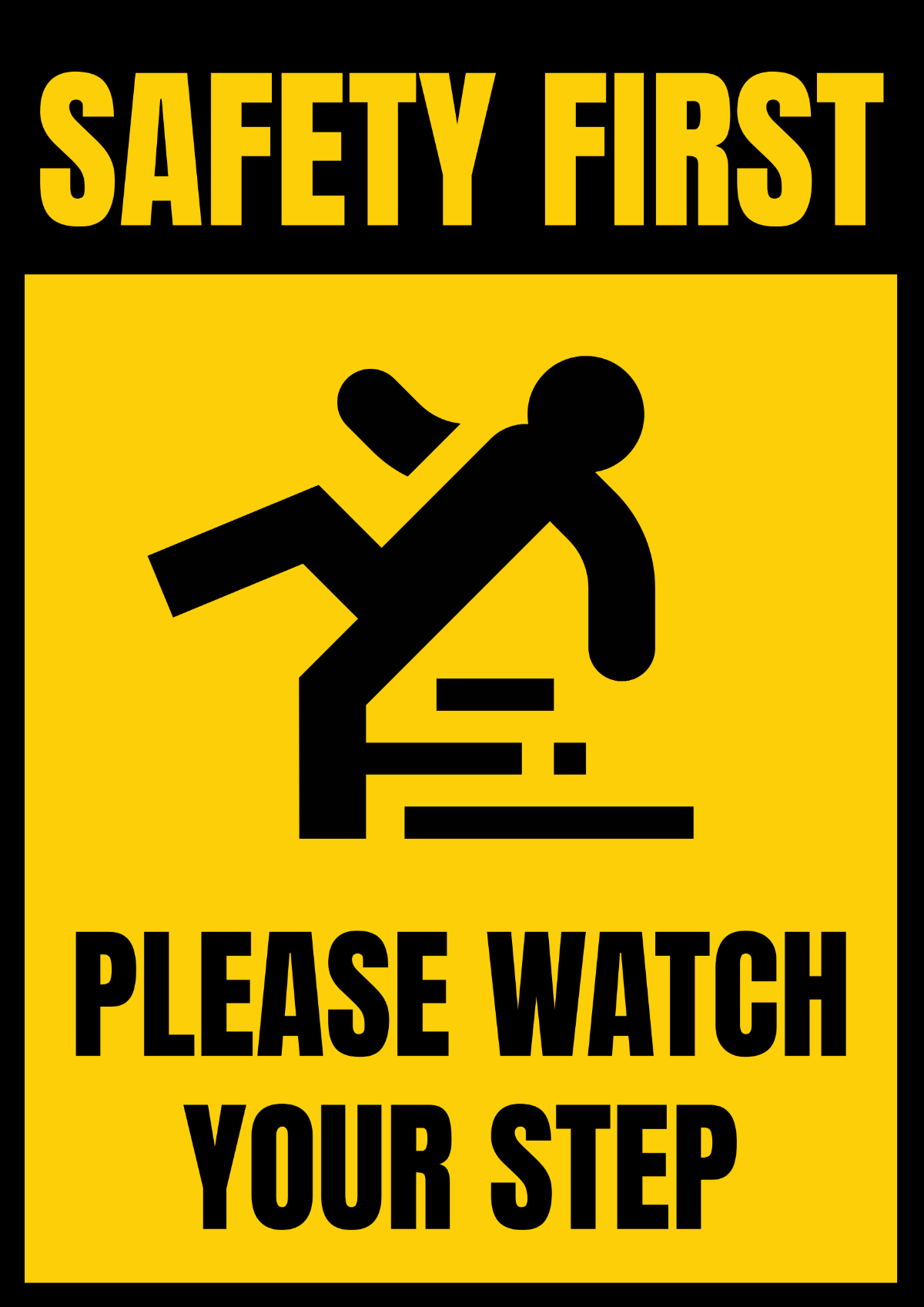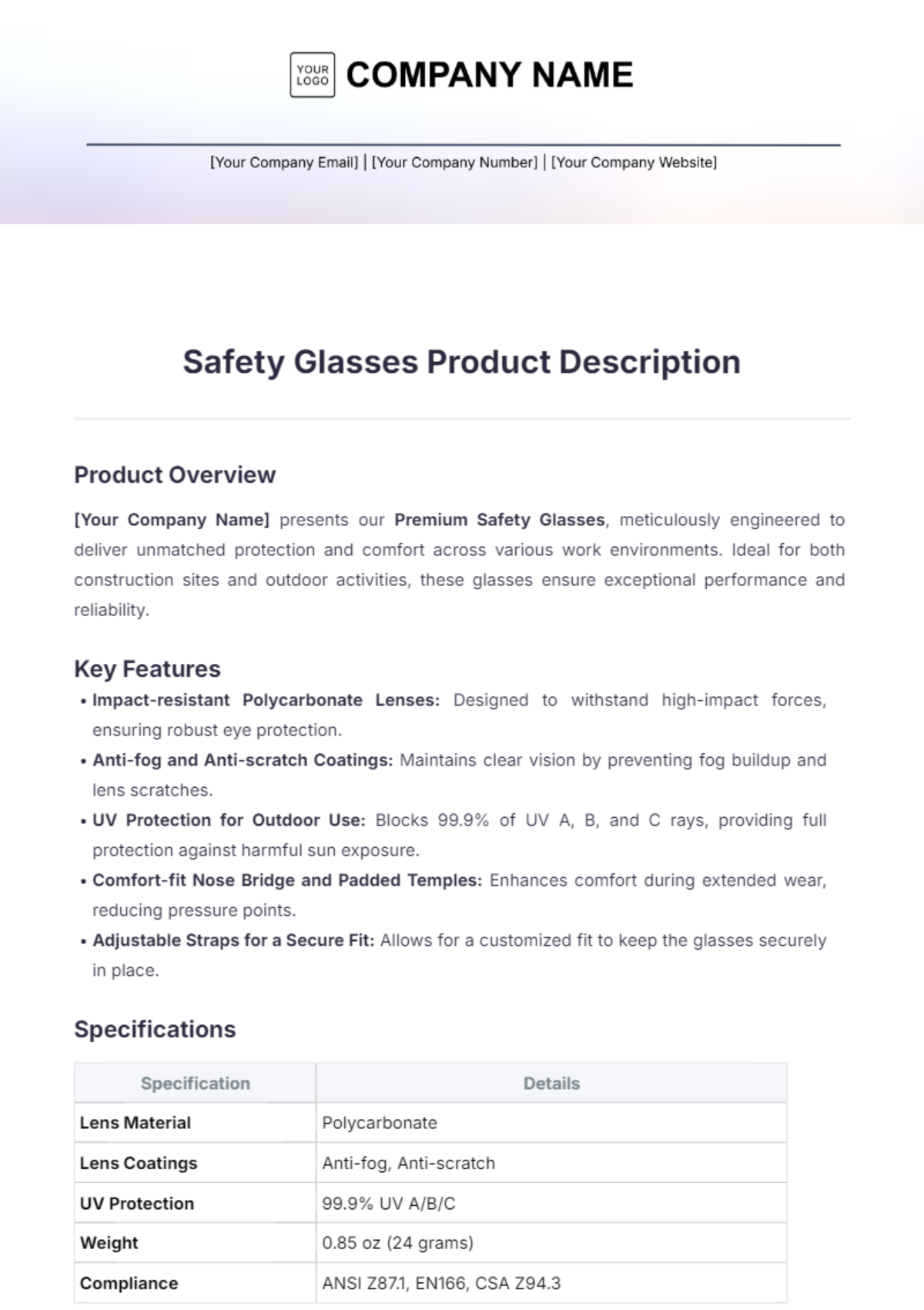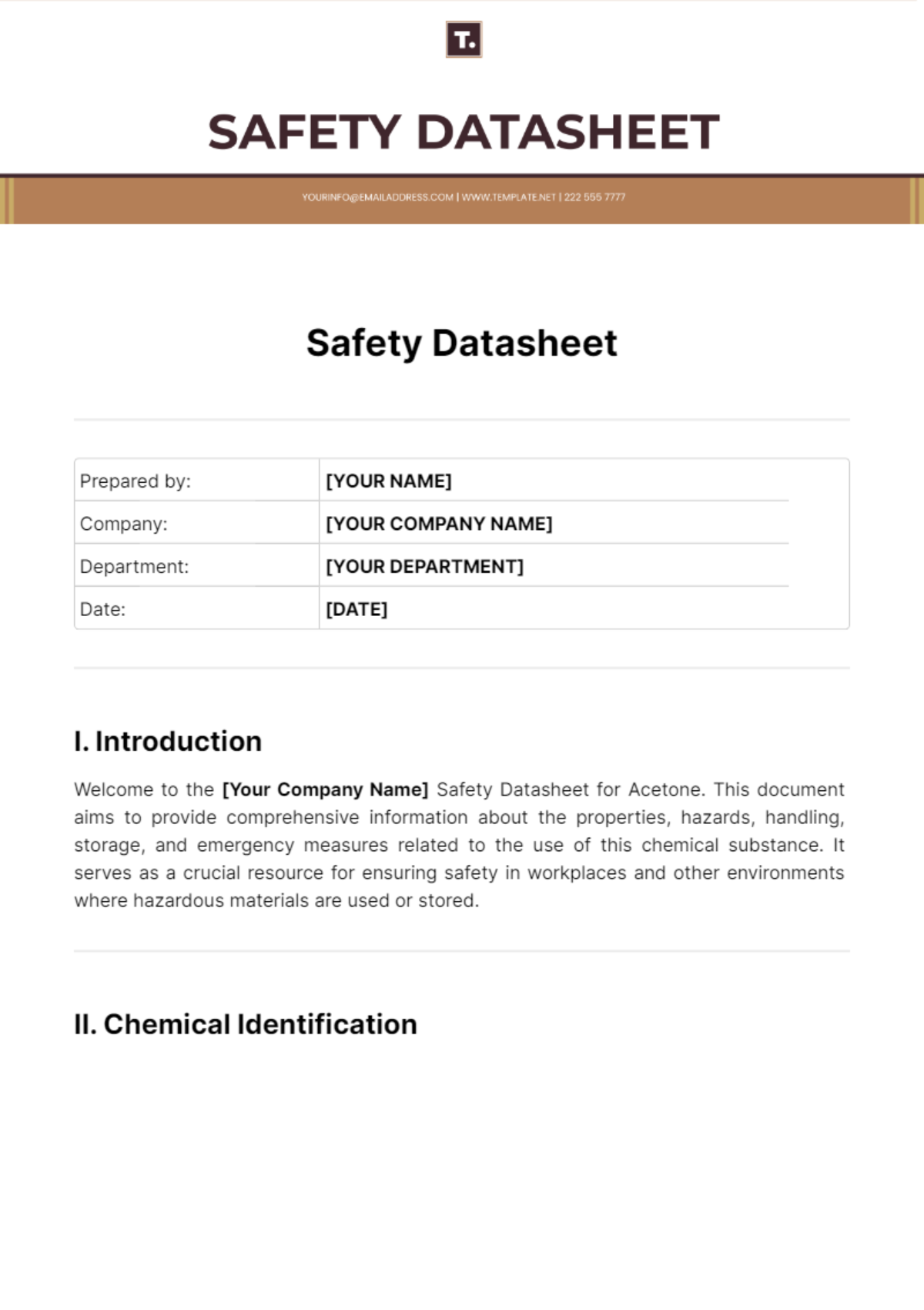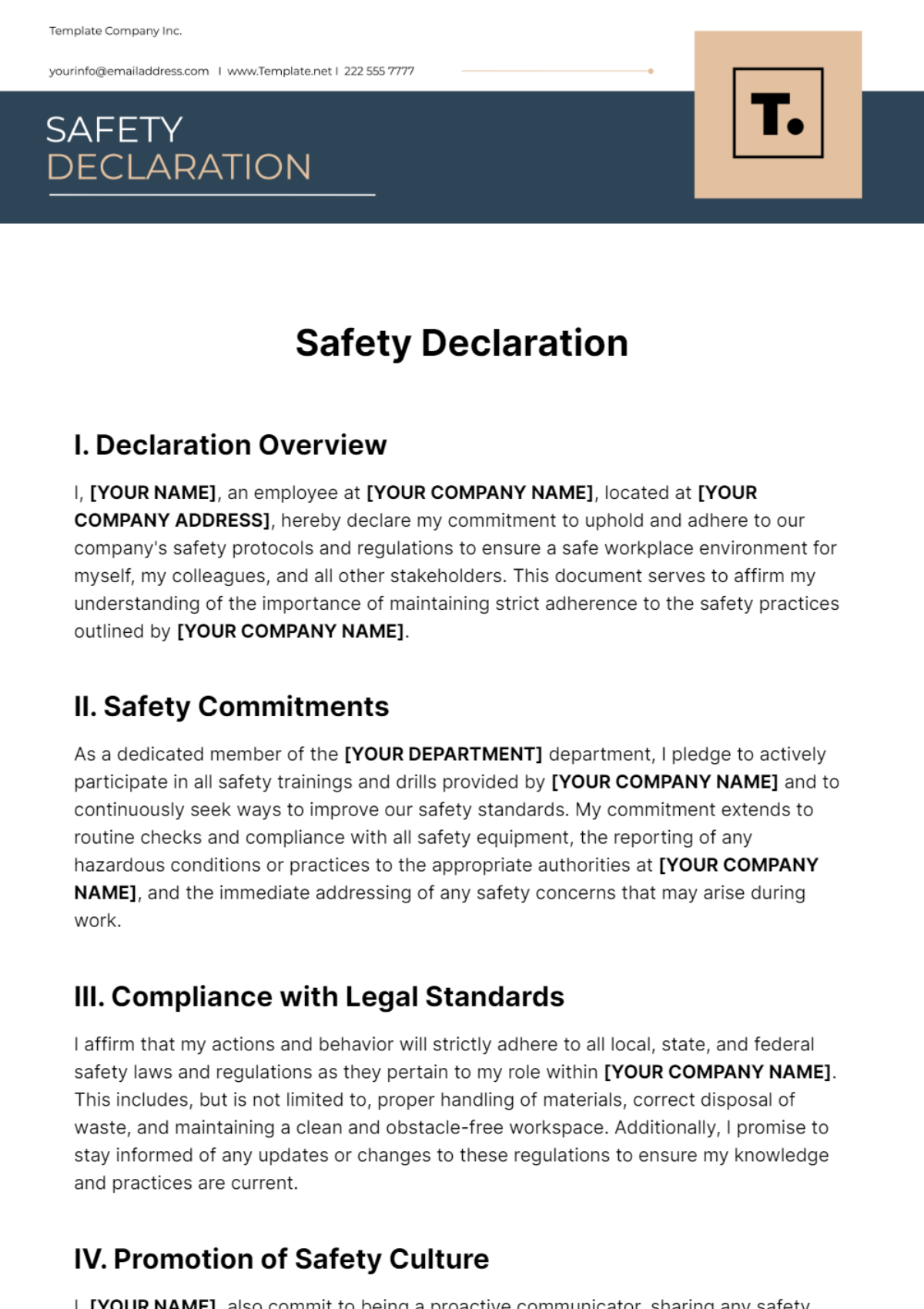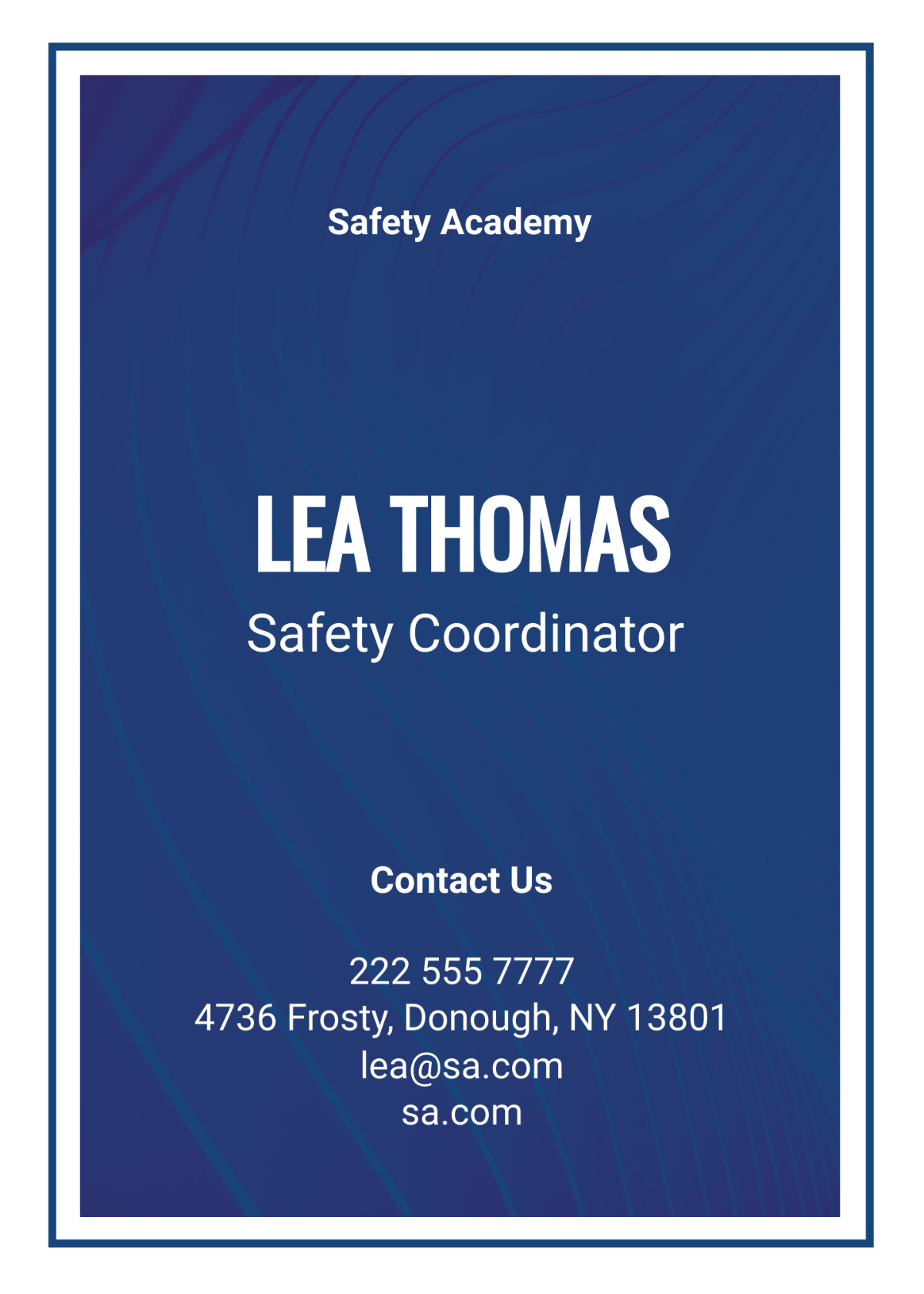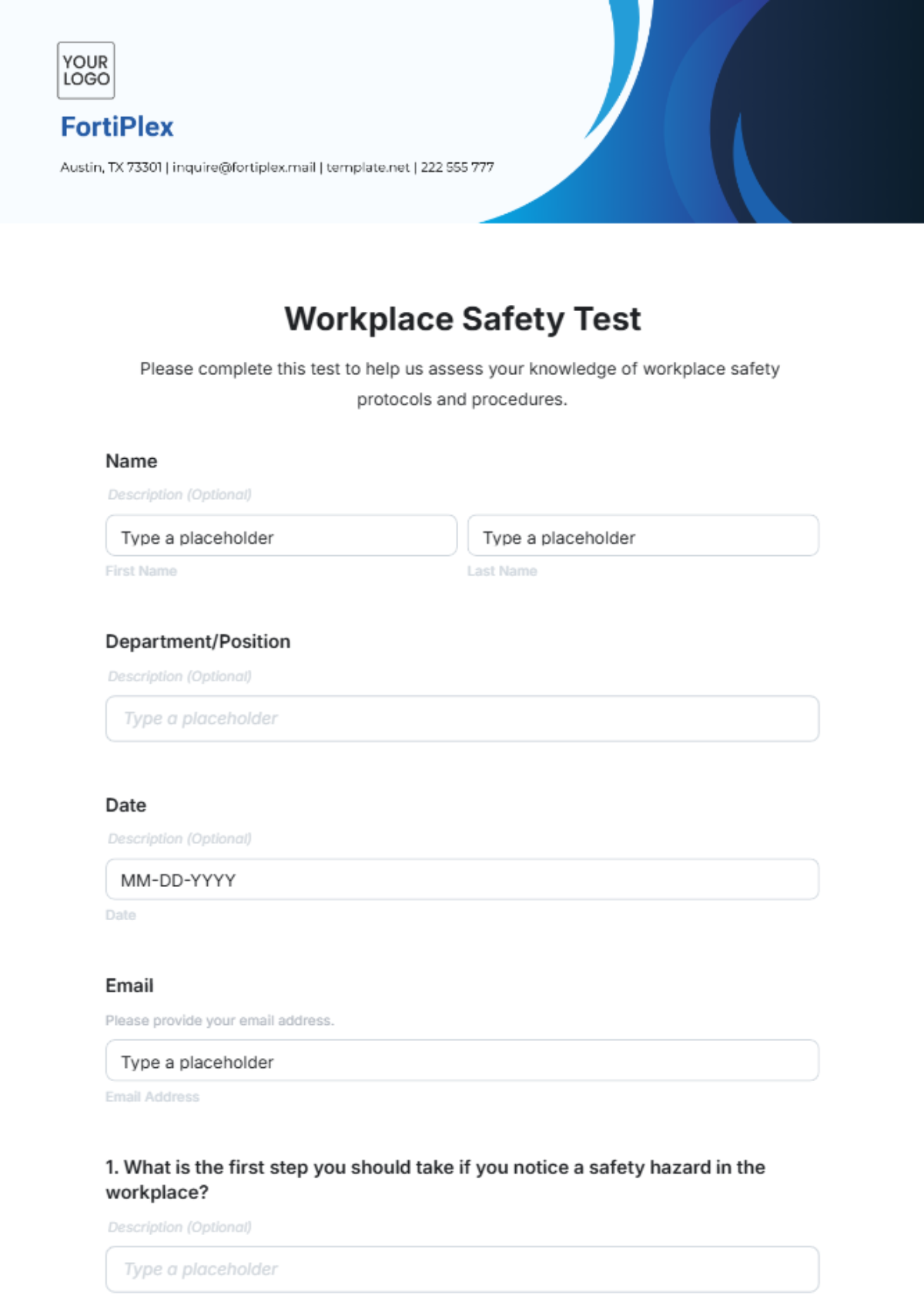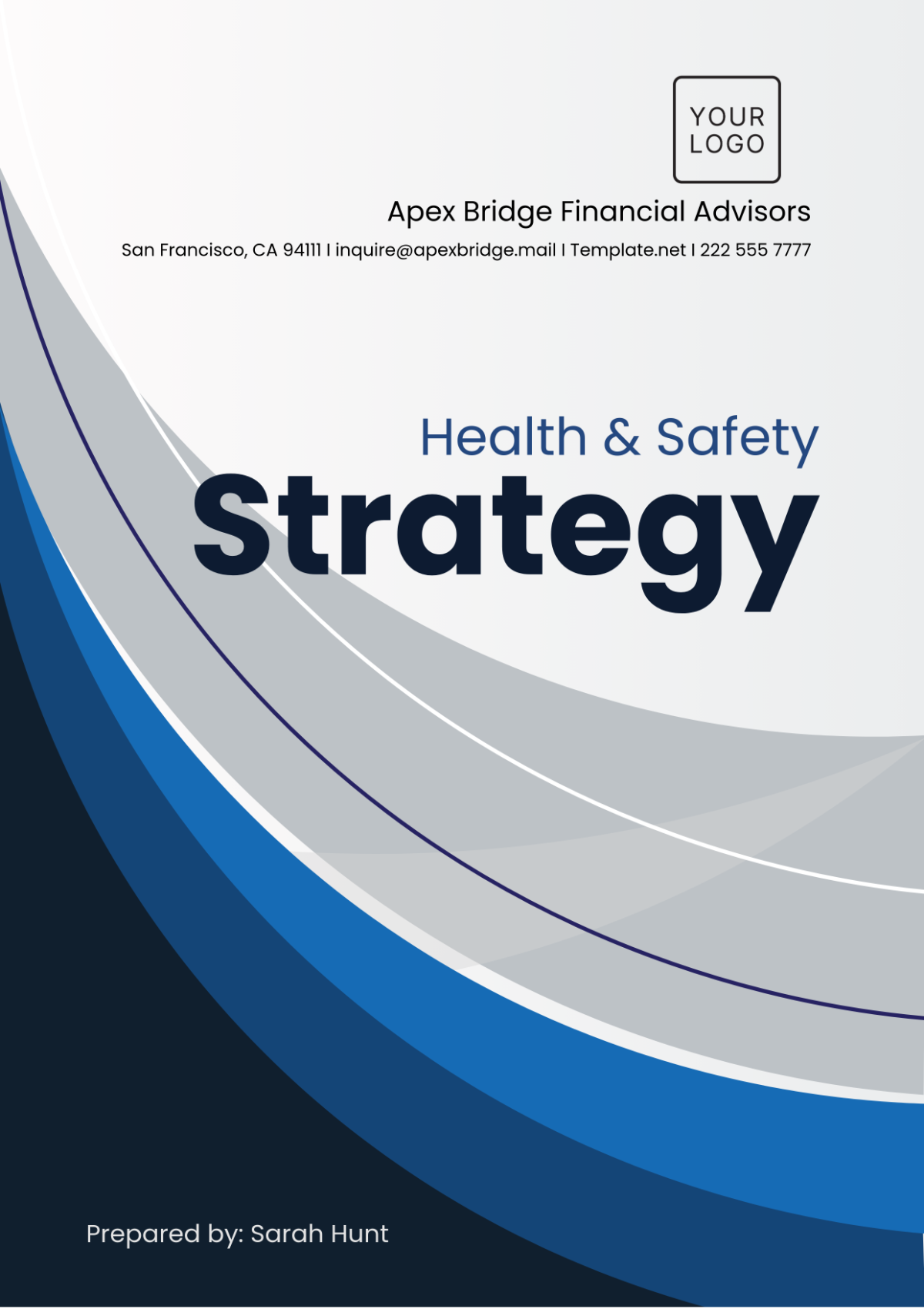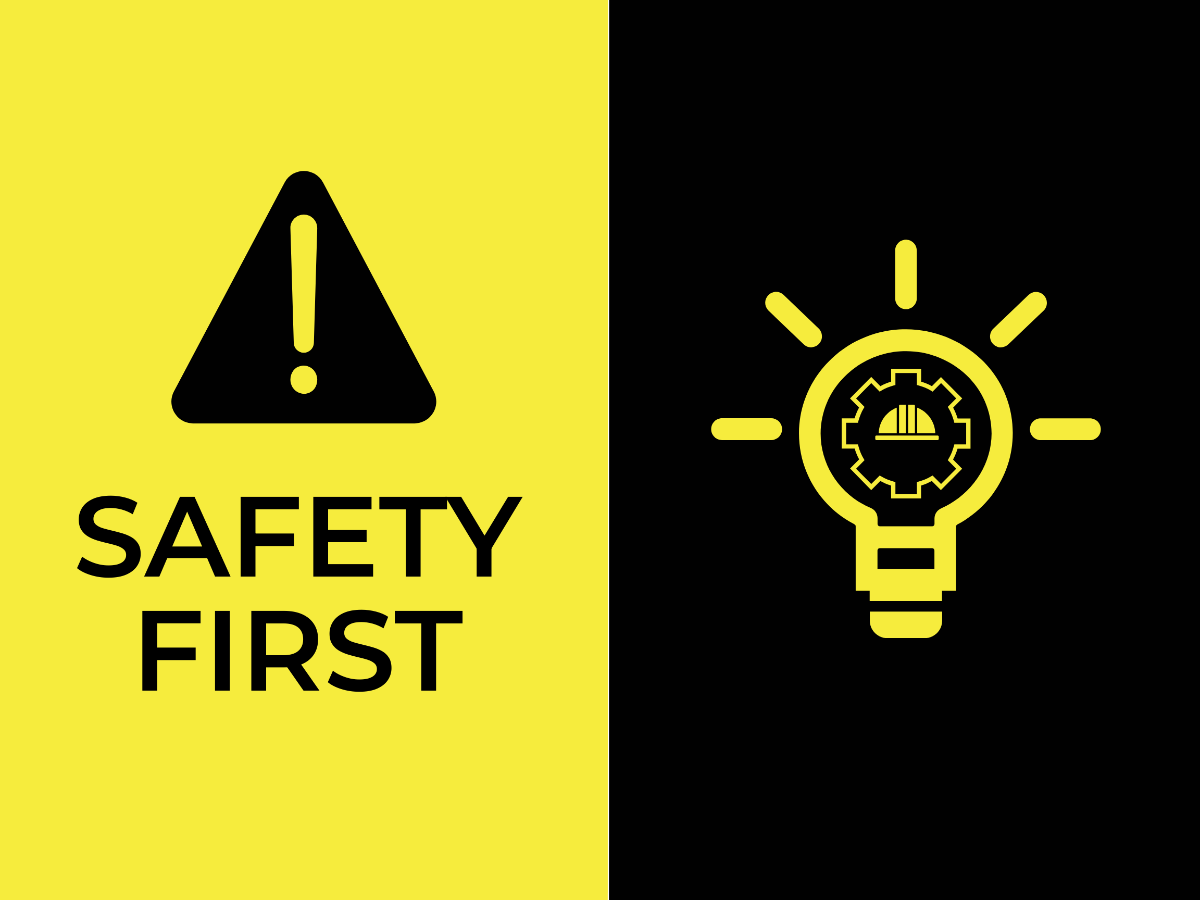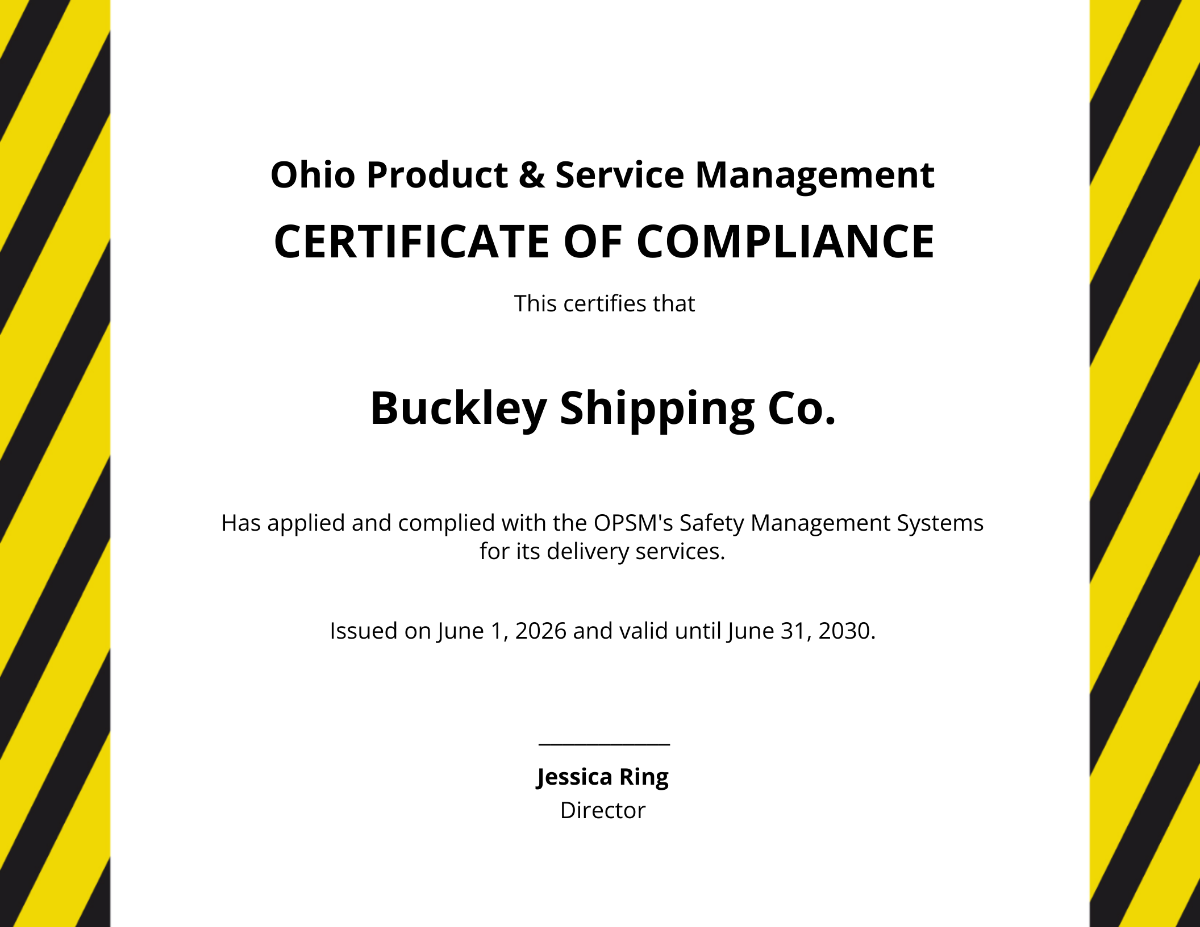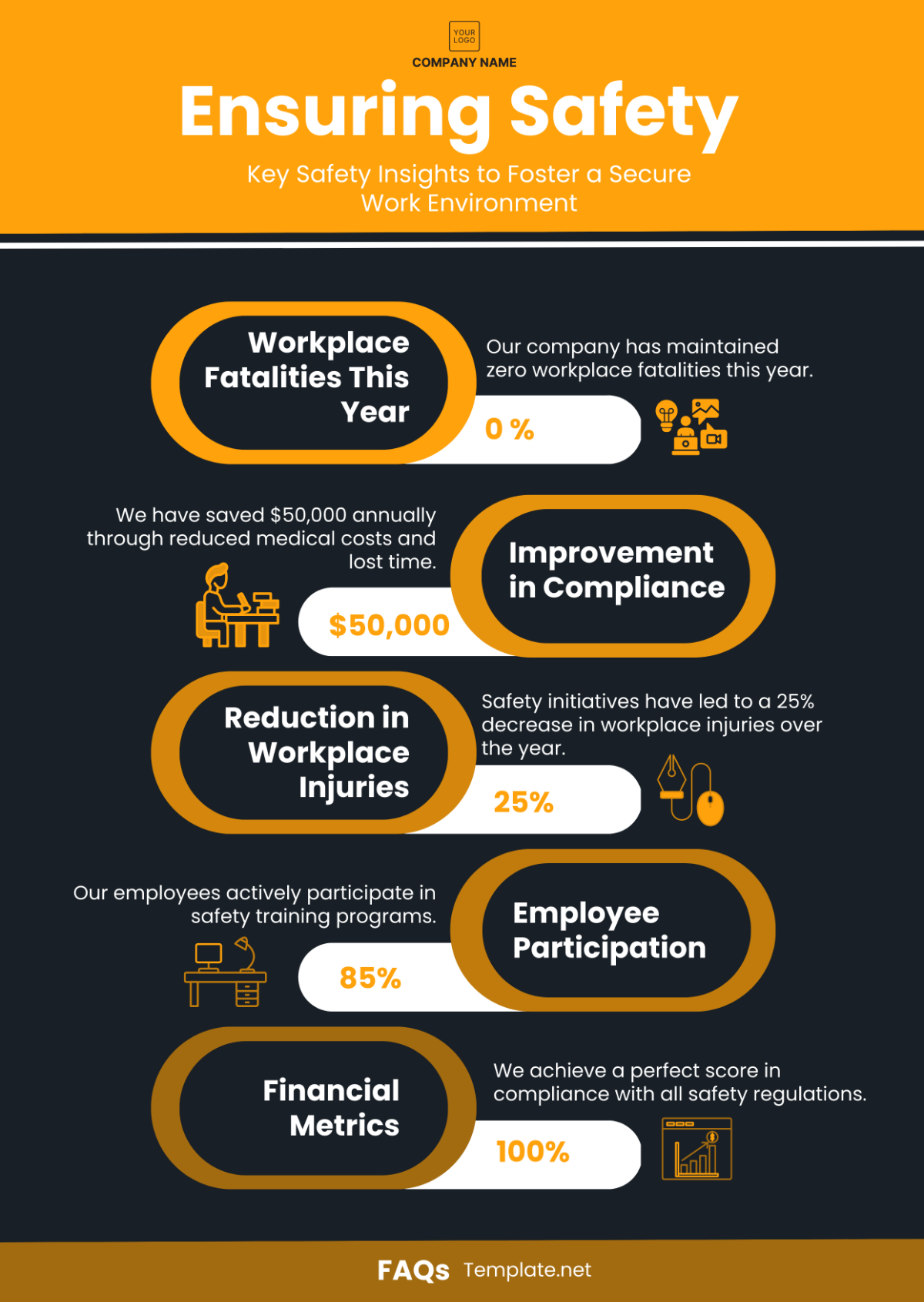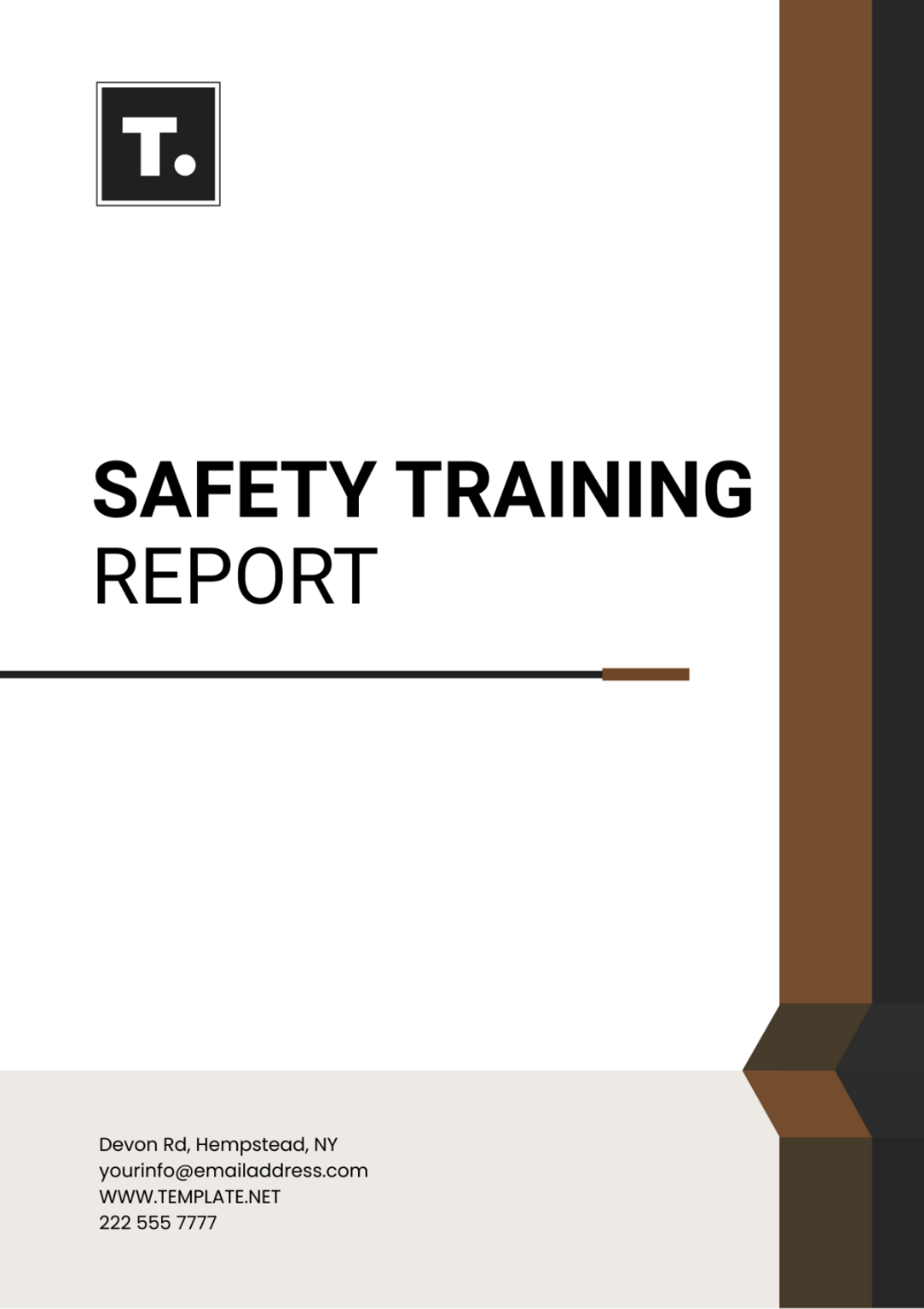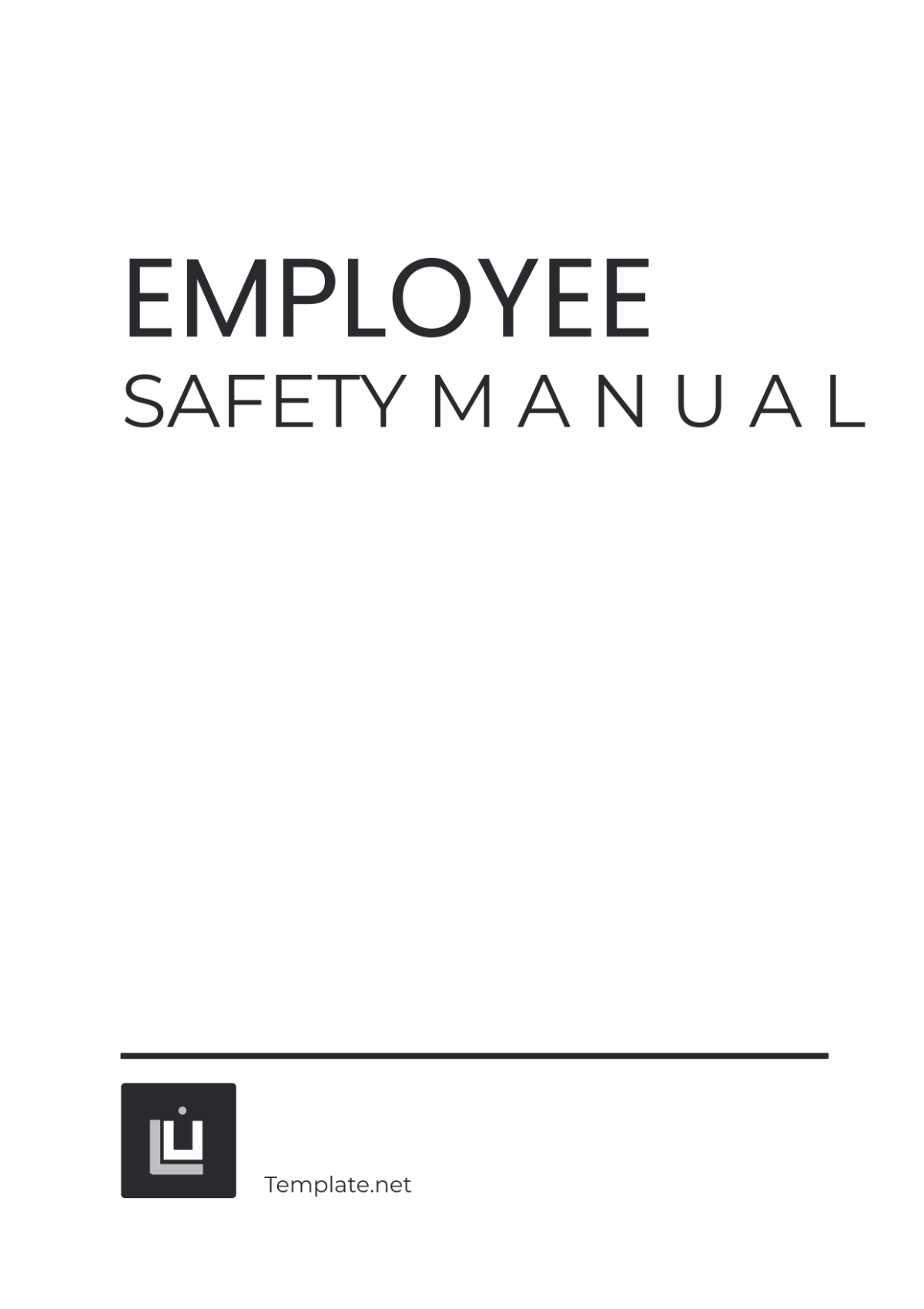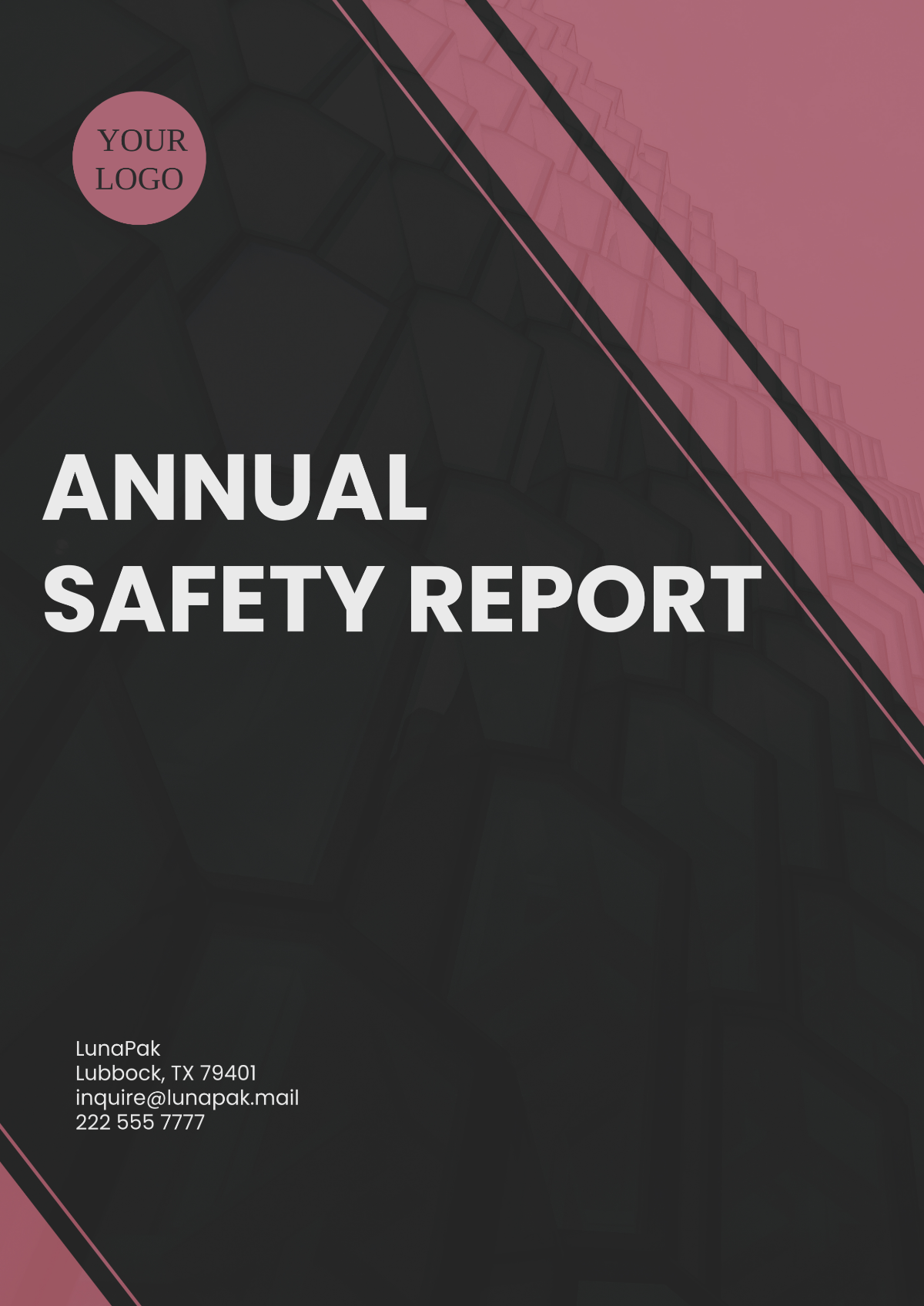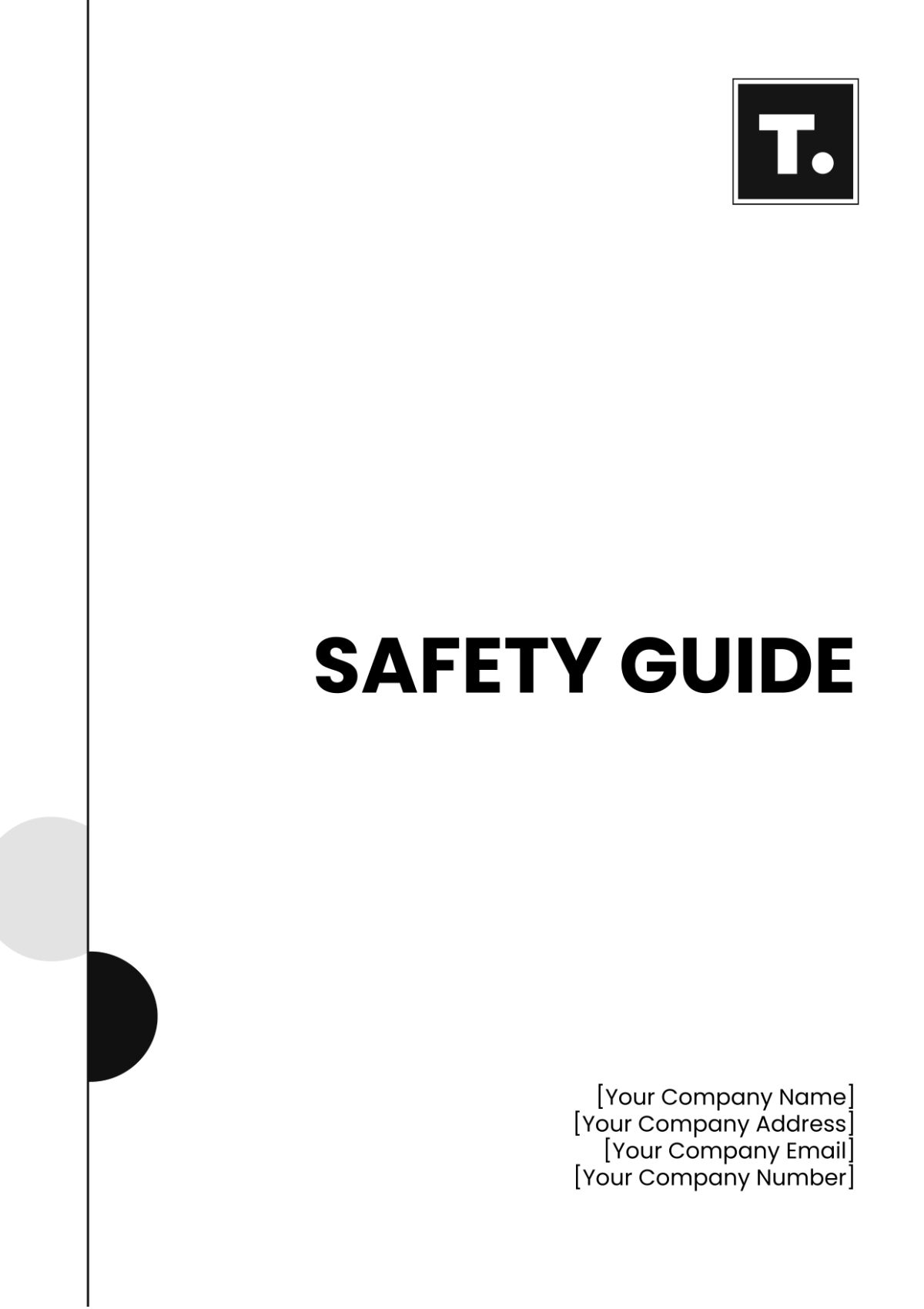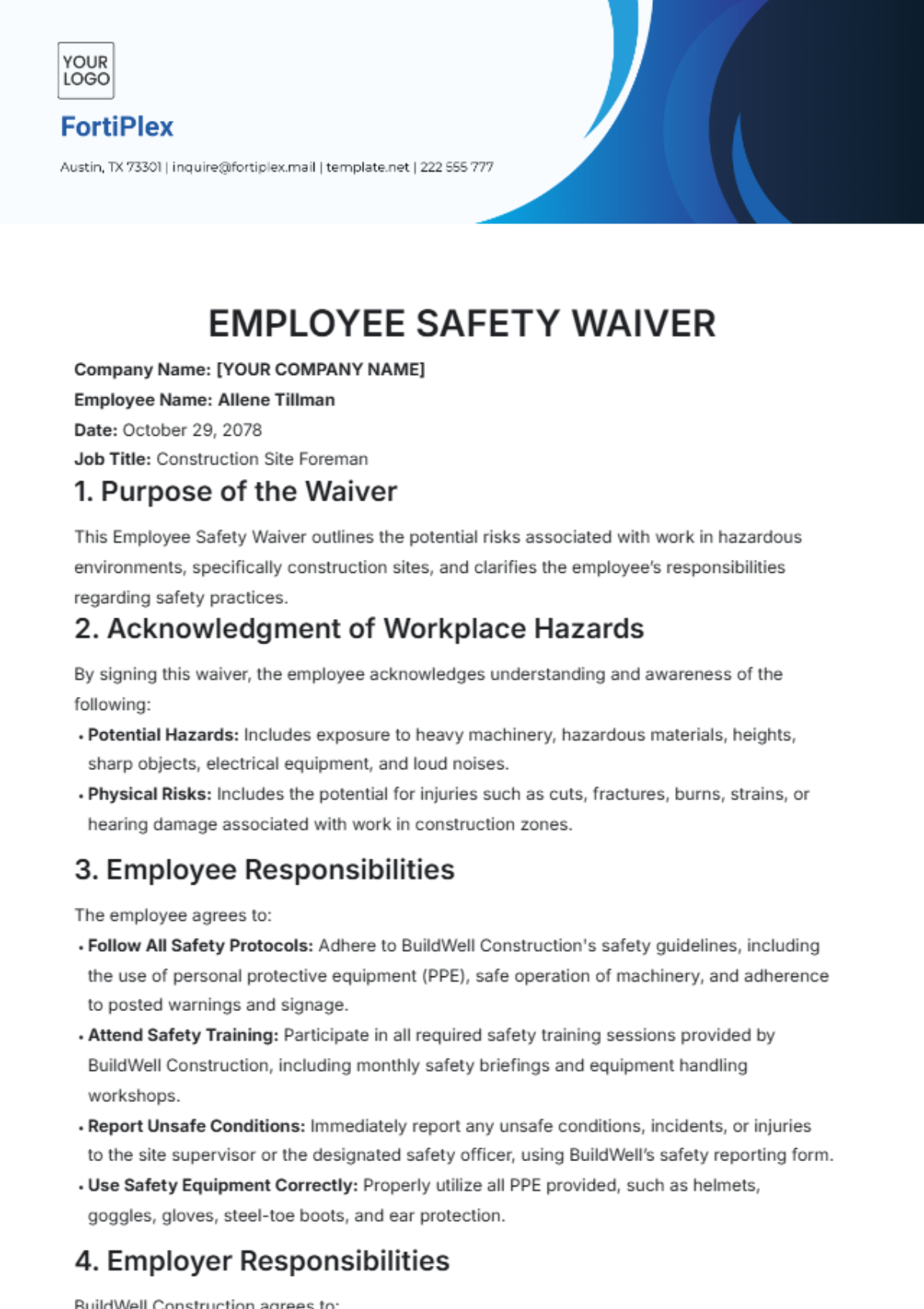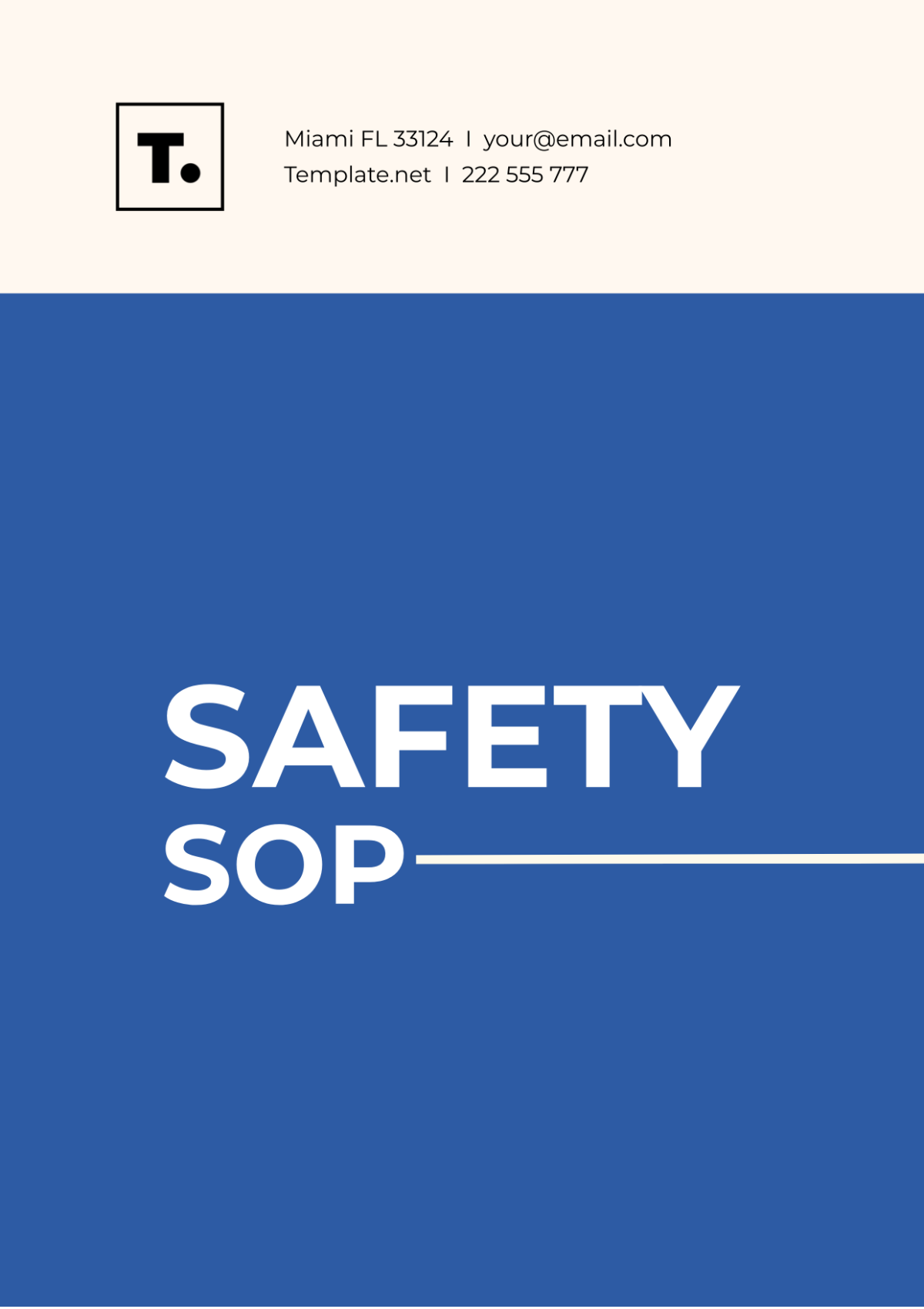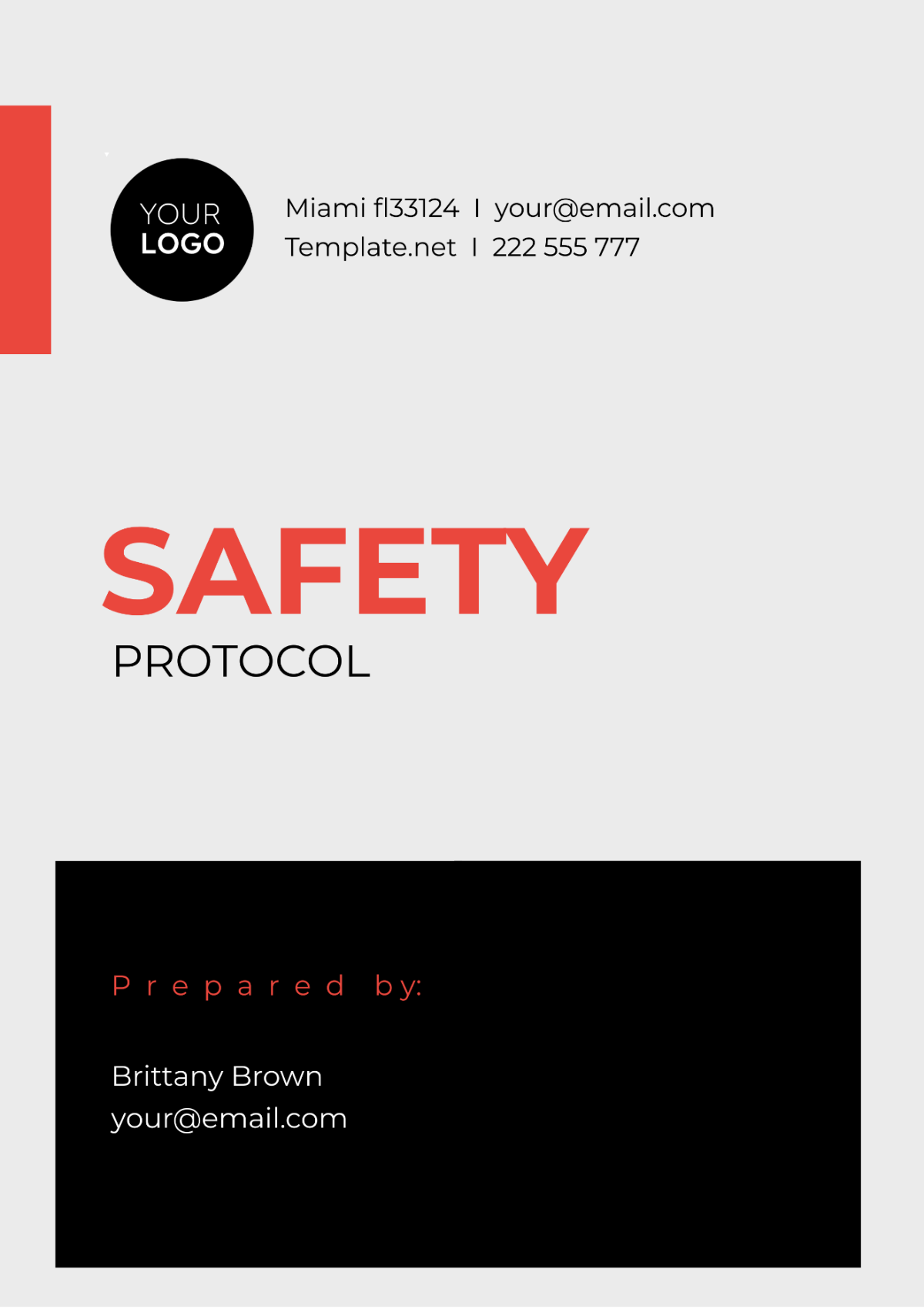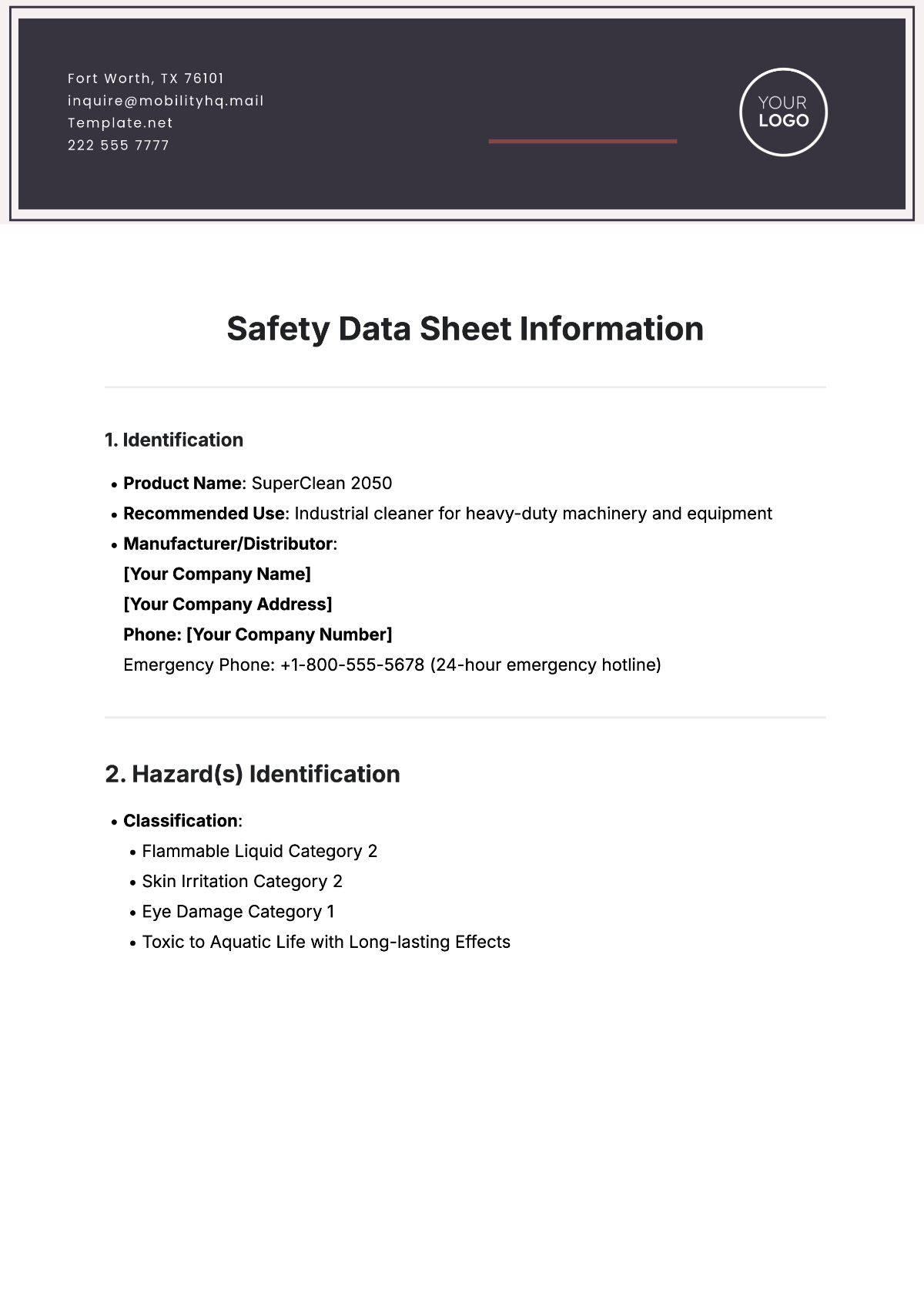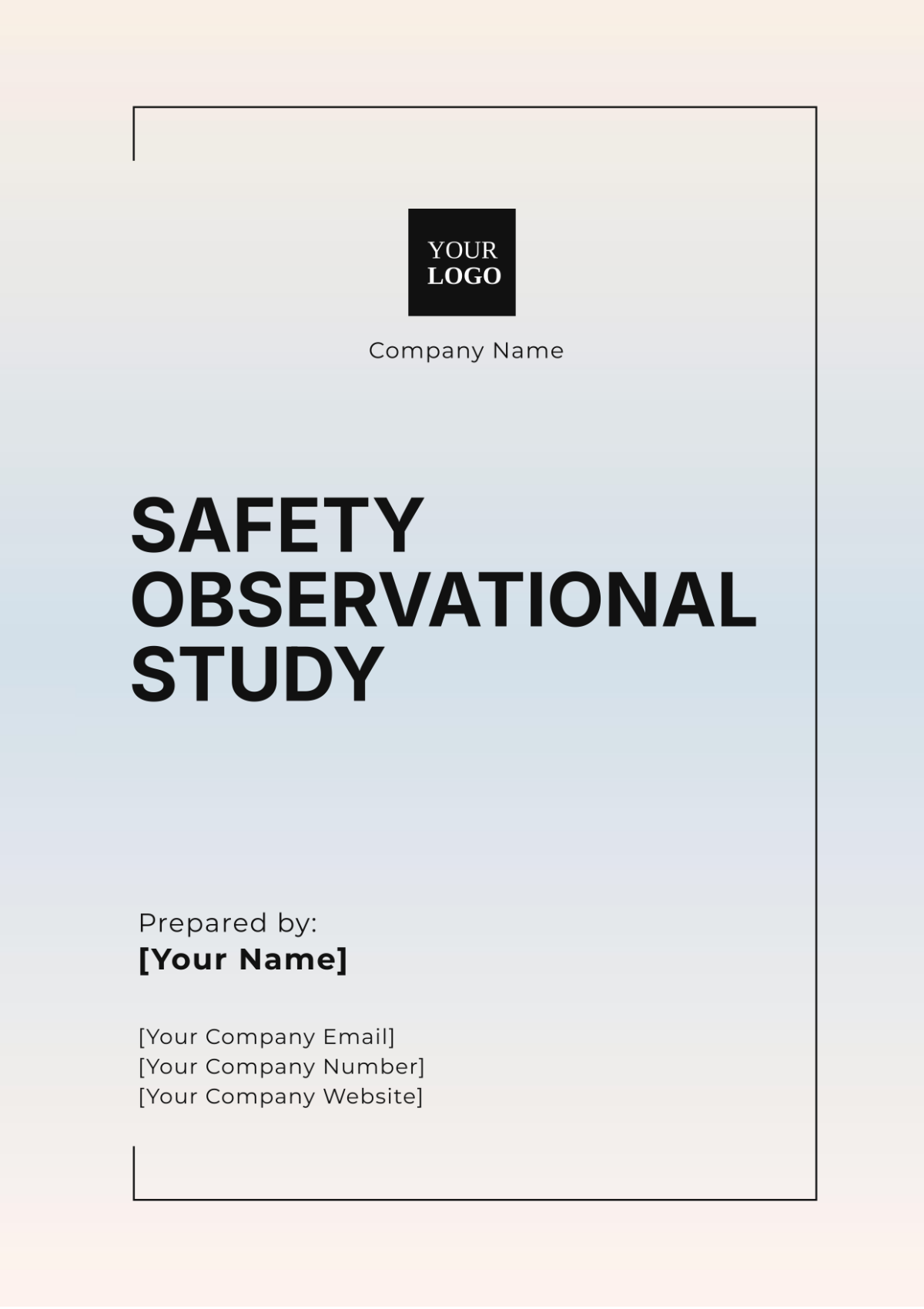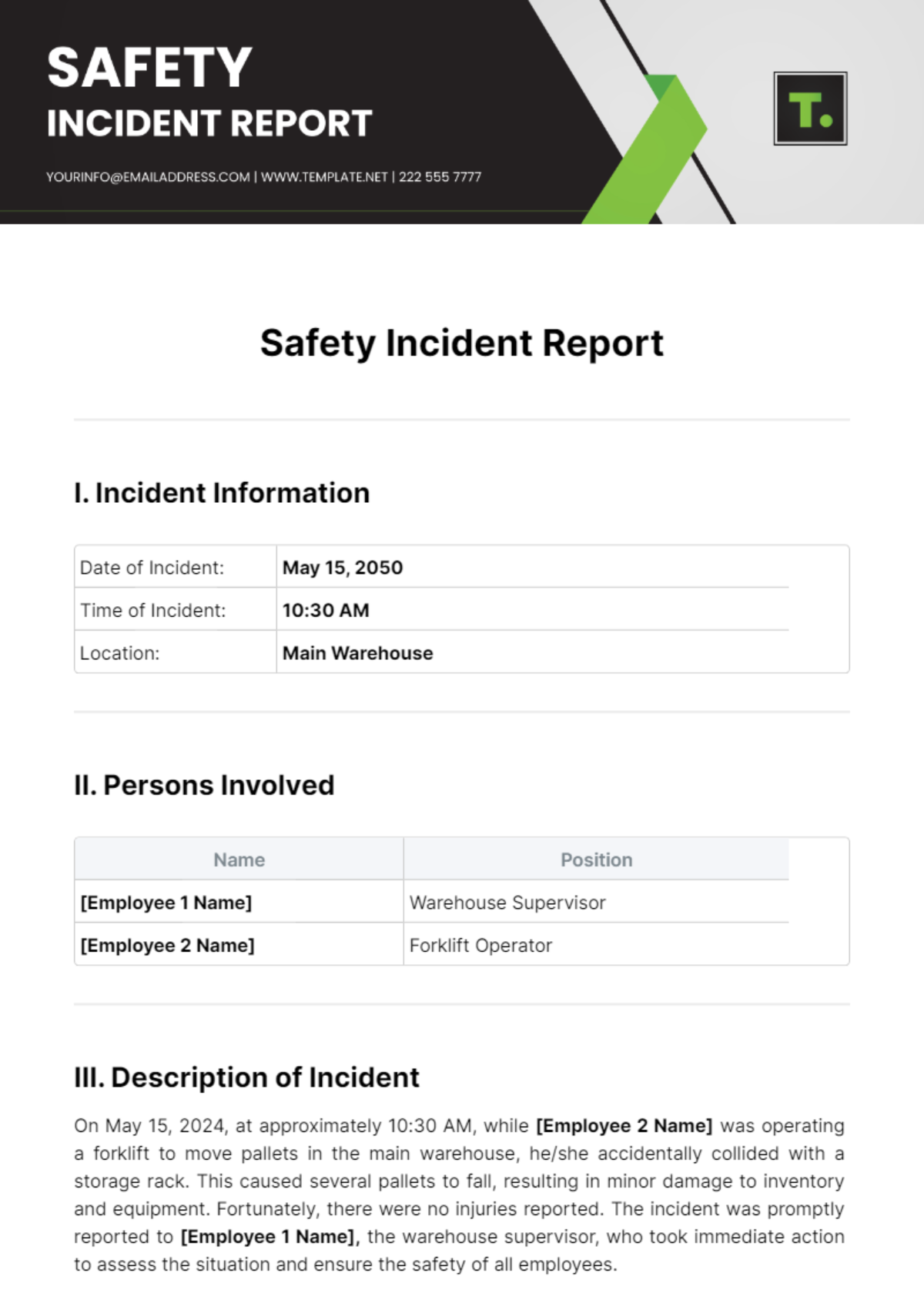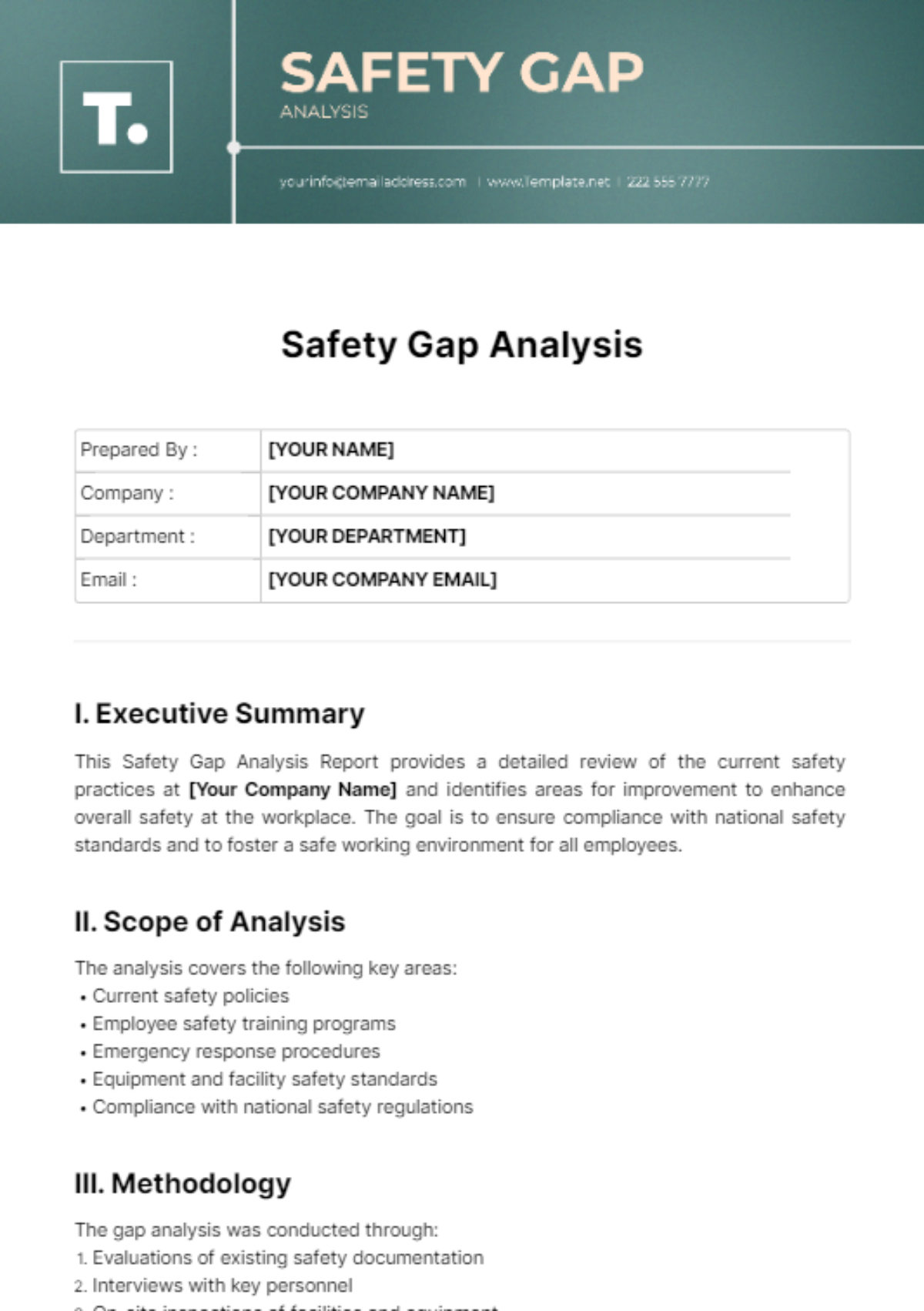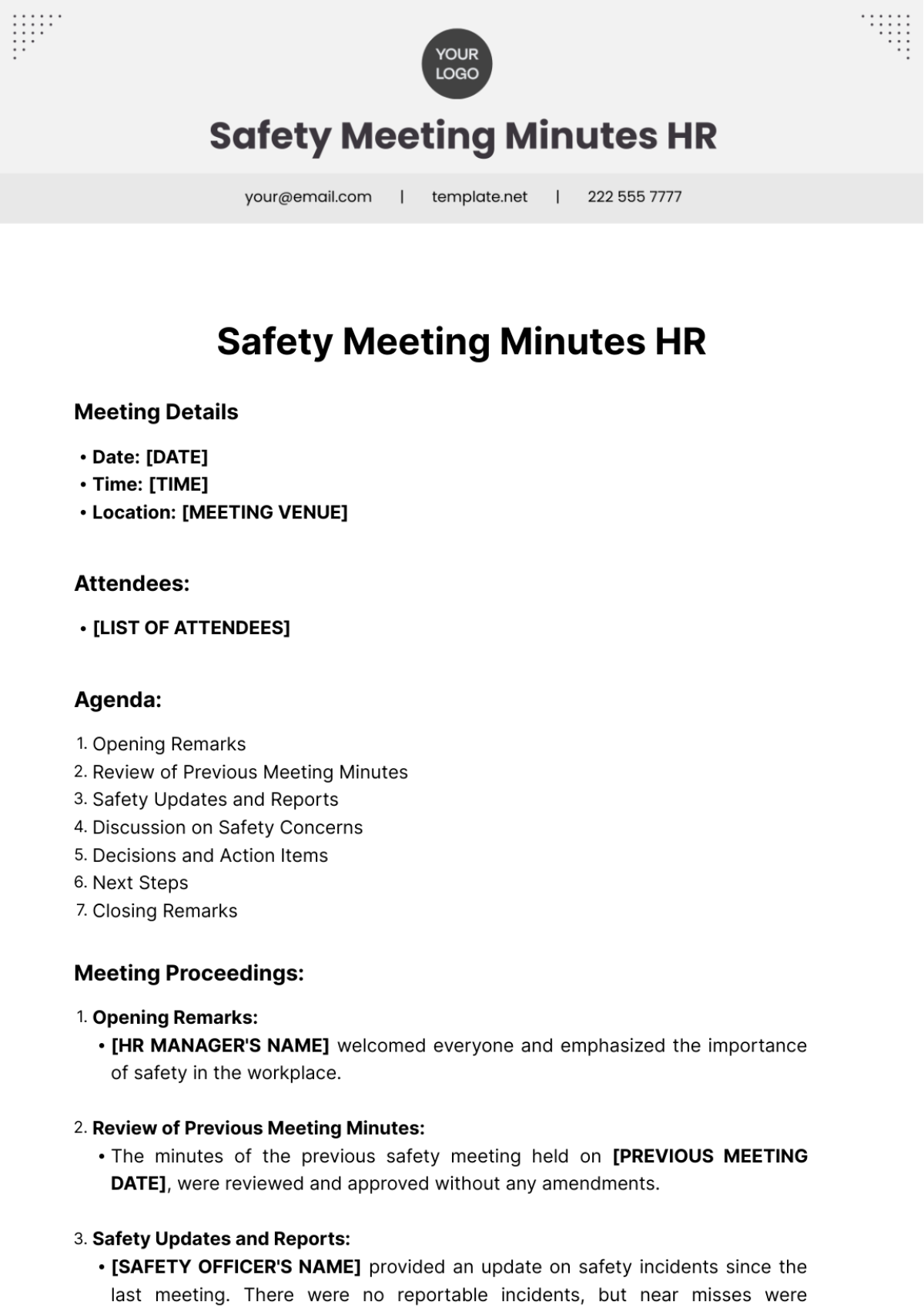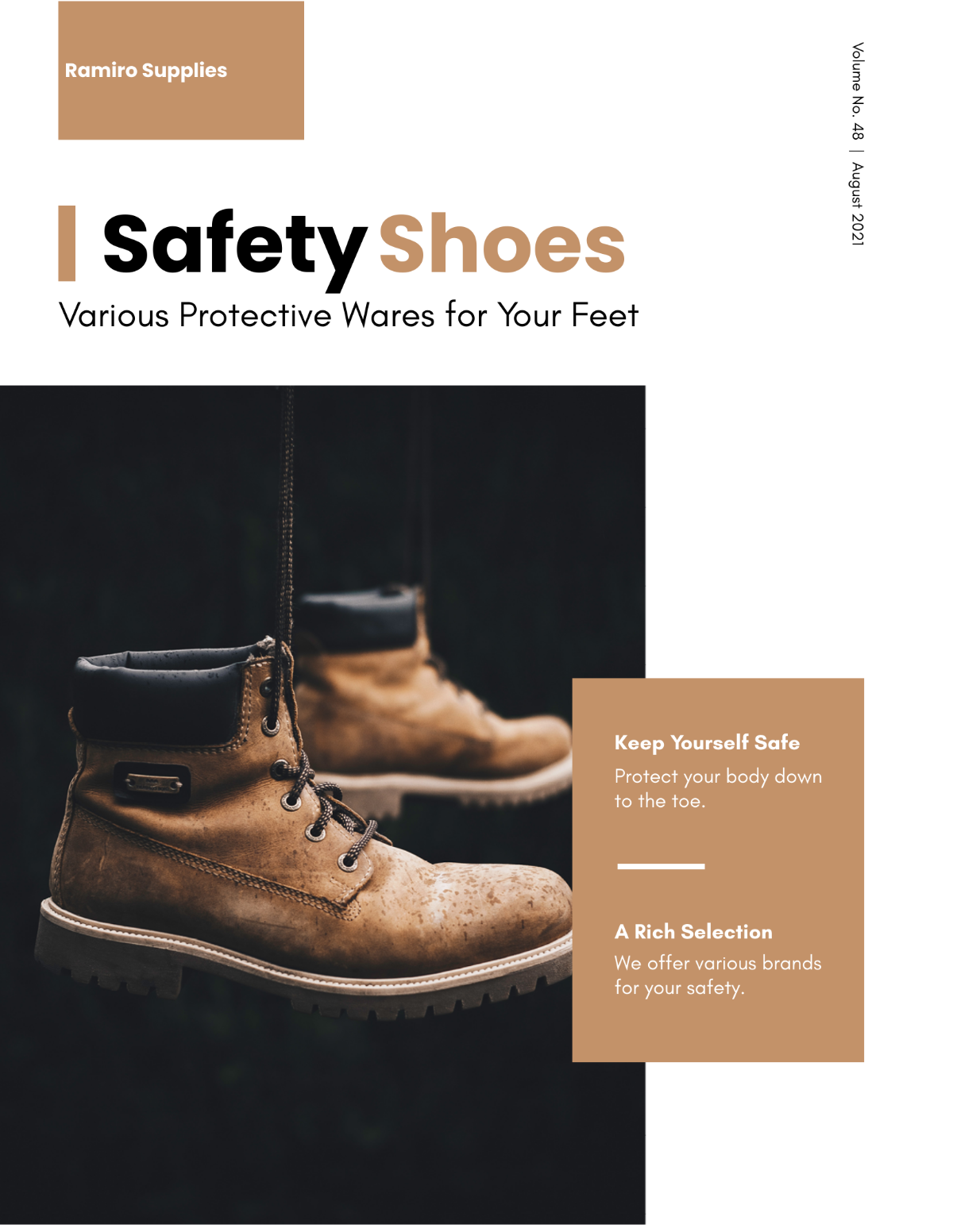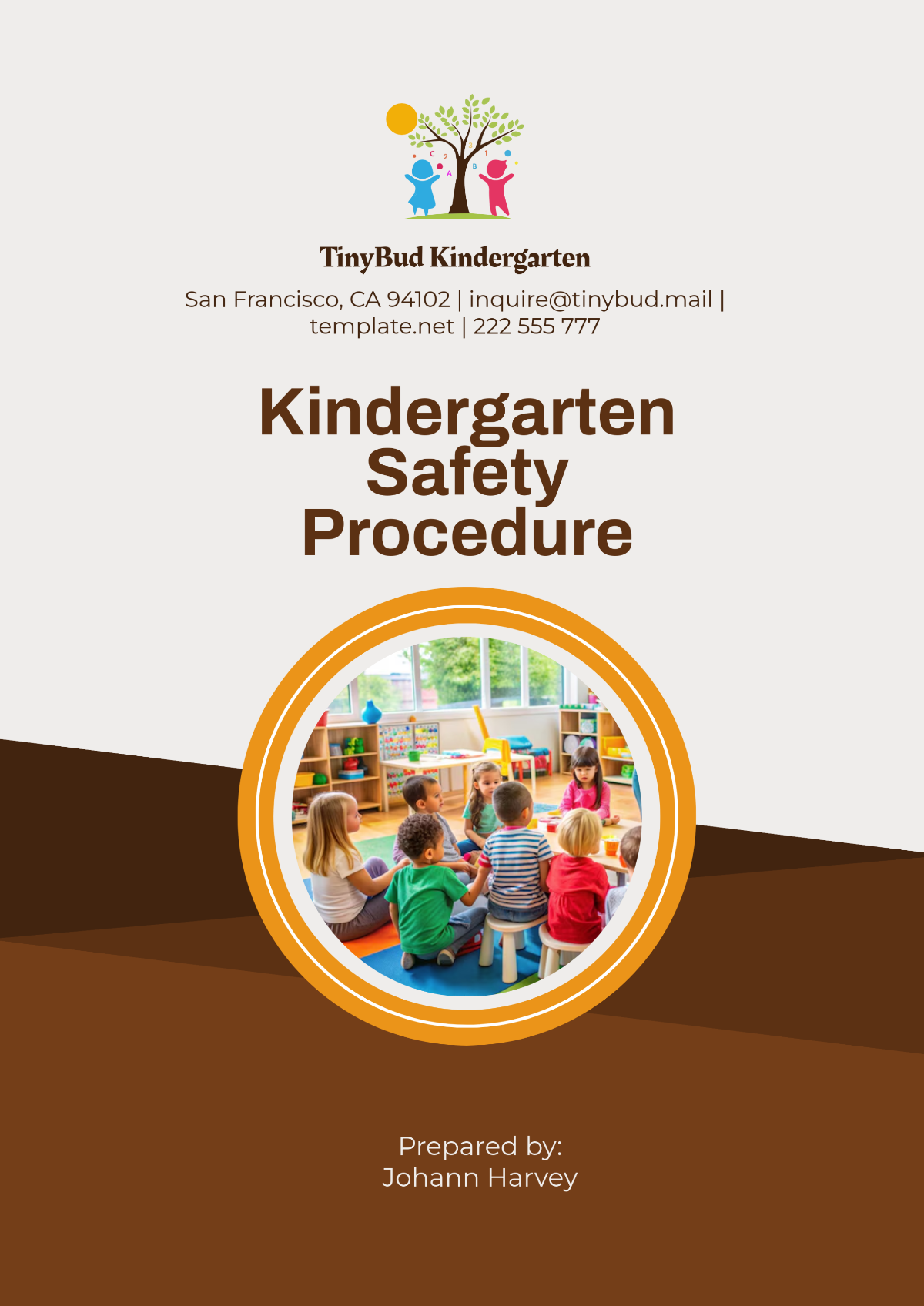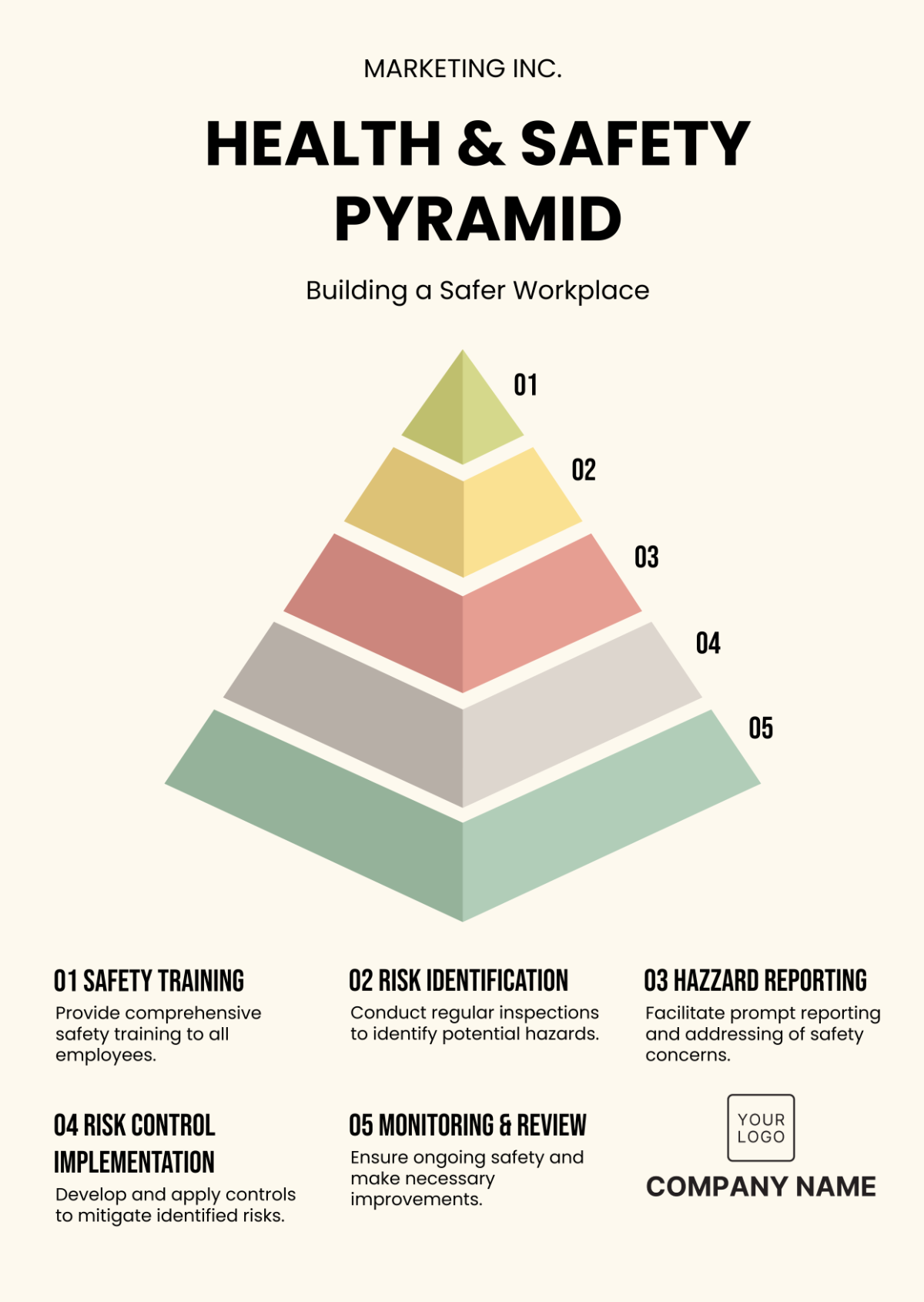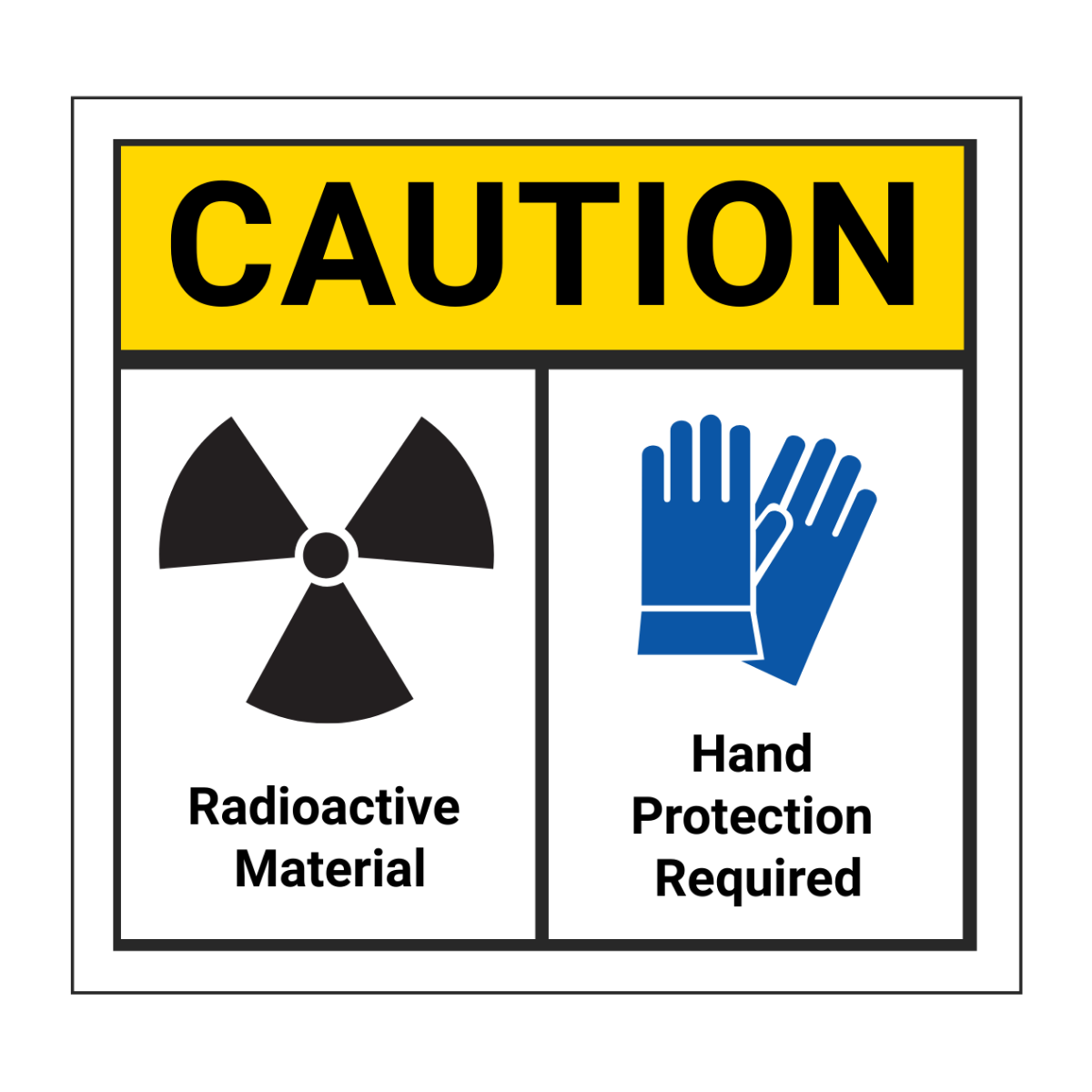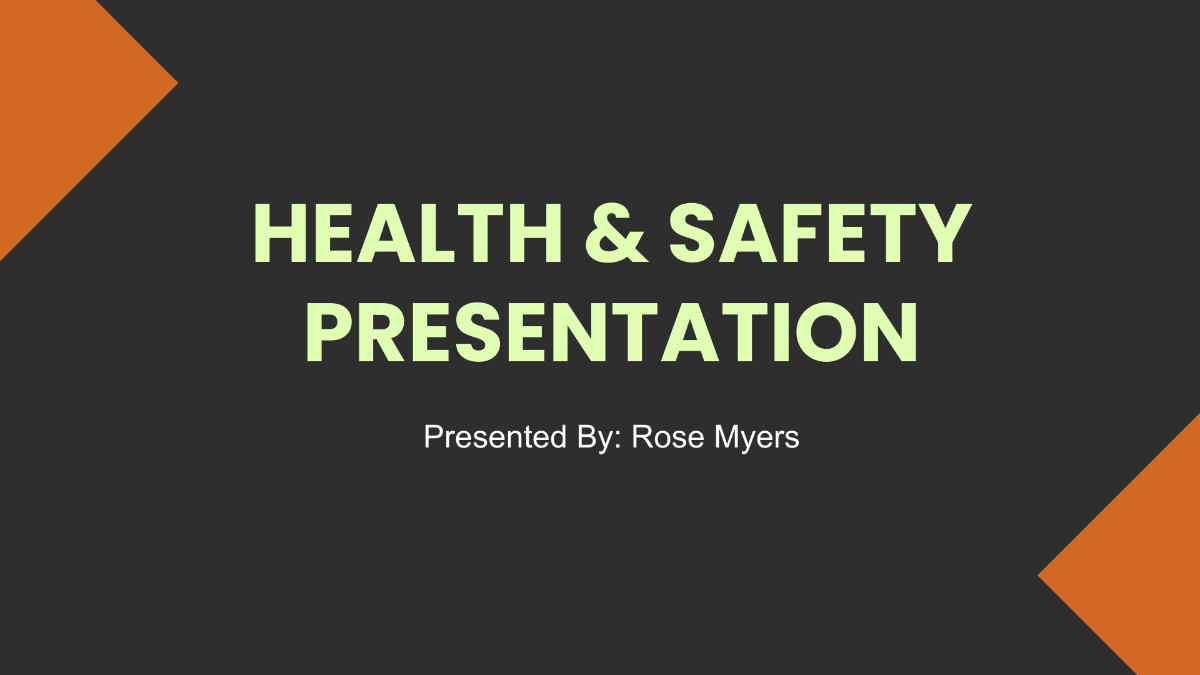Safety Audit Team Guide
I. Introduction
This guide serves as your indispensable companion for conducting safety audits that rigorously adhere to the health and safety laws and standards. Within these pages, you will discover the critical procedures and best practices necessary to establish and maintain a safe and compliant work environment.
II. Purpose and Scope
The purpose of safety audits within [Your Company Name] is to systematically evaluate and enhance safety measures, ensuring full compliance with US health and safety laws and standards. Safety audits are a cornerstone of our commitment to safeguarding our workforce and stakeholders.
The scope of our safety audits is comprehensive, encompassing all facets of our operations. These audits extend to:
A. Workplace Safety: Evaluating the physical work environment to identify and mitigate potential hazards, ensuring the safety of all employees.
B. Environmental Safety: Assessing processes, procedures, and systems to minimize environmental impact, complying with EPA regulations and sustainability goals.
C. Regulatory Compliance: Ensuring adherence to federal, state, and local health and safety regulations.
D. Emergency Preparedness: Evaluating the readiness and effectiveness of emergency response procedures, including fire safety and evacuation plans.
E. Employee Training: Reviewing training programs to guarantee that employees are equipped with the knowledge and skills to work safely.
By conducting audits with this expansive scope, we demonstrate our unwavering commitment to safety excellence and legal compliance.
III. Legal and Regulatory Framework
Conducting safety audits within [Your Company Name] mandates strict adherence to an intricate web of US laws, regulations, and standards governing health and safety. By comprehending and complying with this regulatory framework, we ensure the audits are carried out in full accordance with legal requirements. Key components of this framework include:
A. Occupational Safety and Health Act (OSHA): A fundamental statute that sets the standard for workplace safety in the United States, outlining employers' responsibilities to provide a safe and healthful work environment.
B. Environmental Protection Agency (EPA) Regulations: These regulations govern environmental safety, pollution control, and hazardous material handling, encompassing aspects of our operations that impact the environment.
C. National Fire Protection Association (NFPA) Codes and Standards: These codes dictate fire safety measures, including equipment, systems, and procedures.
D. State-Specific Health and Safety Regulations: In addition to federal regulations, each state may have its own set of health and safety laws and standards that must be adhered to.
Failure to comply with these legal mandates can result in severe consequences, including fines, penalties, and reputational damage. By meticulously following this legal and regulatory framework, we ensure the safety audits are not only thorough but also legally sound, safeguarding both our employees and our organization's integrity.
IV. Audit Team Composition
This section outlines the qualifications, roles, and responsibilities of audit team members, ensuring that they possess the requisite expertise in safety regulations.
Audit Team Structure
Role | Qualifications and Responsibilities |
Team Leader | Extensive experience in safety auditing. |
Leadership skills for guiding the team. | |
Responsible for audit planning and coordination. | |
Safety Specialists | In-depth knowledge of safety regulations. |
Conduct on-site inspections and data collection. | |
Identify hazards and assess control measures. | |
Subject Matter Experts | Expertise in specific safety areas (e.g., chemical safety, fire safety). |
Provide guidance and insights in their respective domains. |
By structuring our audit teams in this manner, we ensure that our audits are conducted by individuals with the necessary qualifications and expertise, guaranteeing thorough assessments and compliance with safety regulations.
V. Audit Preparation
Effective preparation is the cornerstone of a successful safety audit. In this section, we delineate the crucial steps for thorough audit preparation, encompassing documentation gathering, personnel notification, and audit scheduling.
VI. Audit Procedures
A structured approach is essential for conducting effective safety audits. This section provides a systematic, step-by-step guide to navigate the entire audit process, from inception to the conclusive report. It elucidates how to meticulously identify hazards, assess controls, and document findings for compliance with US health and safety laws and standards.
VII. Safety Audit Checklist
A well-structured Safety Audit Checklist is a fundamental resource for audit teams tasked with evaluating safety compliance within an organization. Below, we present an overview of the areas covered in this comprehensive checklist. While the detailed checklist itself is not included here, it serves as an invaluable guide for audit teams to meticulously assess safety measures, identify hazards, and ensure compliance with US health and safety laws and standards.
|
|
VIII. Data Collection and Documentation
During the safety audit, data collection is a critical phase that encompasses various methods to gather pertinent information. Audit teams should employ a multi-faceted approach:
A. Interviews: Engage with employees, managers, and relevant personnel to gather insights, opinions, and observations related to safety practices.
B. Observations: Conduct thorough visual assessments of the workplace, equipment, and processes, noting any hazards, deficiencies, or non-compliance issues.
C. Record Reviews: Scrutinize safety records, incident reports, training logs, and relevant documentation to assess historical safety performance.
All collected data should be meticulously documented, including photographs, videos, written notes, and electronic records. Clear and comprehensive documentation ensures accurate findings and recommendations in the audit report, facilitating corrective actions and regulatory compliance.
IX. Audit Reporting
The audit report is a vital component of the safety audit process, serving as a comprehensive document to communicate findings, recommendations, and corrective actions. The report should adhere to a structured format, including:
Report Format
A. Title Page: Audit name, date, and responsible personnel.
B. Table of Contents: Sections for easy reference.
C. Executive Summary: A concise overview of key findings and recommendations.
Content Requirements
A. Detailed Findings
B. Specific Recommendations
C. Corrective Action Plan
D. Supporting Documentation
X. Follow-Up and Corrective Actions
Addressing identified issues and tracking corrective actions is integral to the safety audit process. The process involves:
A. Issue Resolution: Responsible parties address identified issues promptly, with clearly defined corrective actions.
B. Corrective Action Plan: A structured plan is established, specifying timelines, C. responsible parties, and action steps for implementing recommendations.
D. Tracking and Documentation: Progress is monitored and documented to ensure actions are carried out as planned.
E. Timely Follow-Up: Regular follow-up audits are scheduled per a predetermined timeline, assessing the effectiveness of corrective actions.
This systematic approach ensures continuous improvement, regulatory compliance, and a safer work environment.
XI. Training and Continuous Improvement
Ongoing training is paramount for audit team members to maintain their proficiency in safety regulations and audit procedures. This includes regular updates on changes in laws and standards, as well as enhancing their auditing skills. Continuous improvement is at the core of our safety audit process, promoting:
A. Knowledge Enhancement: Regular training ensures that audit teams stay up-to-date with evolving safety regulations.
B. Skill Refinement: Ongoing skill development improves the audit team members' ability to identify hazards and recommend effective controls.
C. Best Practices Sharing: Encouraging the sharing of audit best practices fosters innovation and consistency in safety assessments.
D. Adaptation to Challenges: Continuous improvement allows the audit process to adapt to new challenges and emerging risks.
By prioritizing training and continuous improvement, we reaffirm our commitment to safety excellence in accordance with US health and safety laws and standards.
